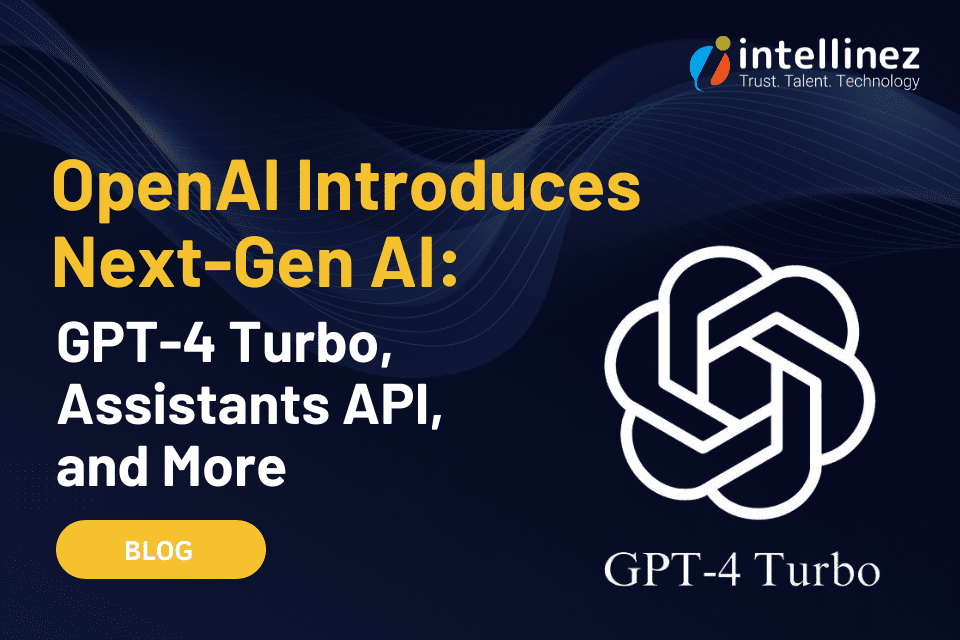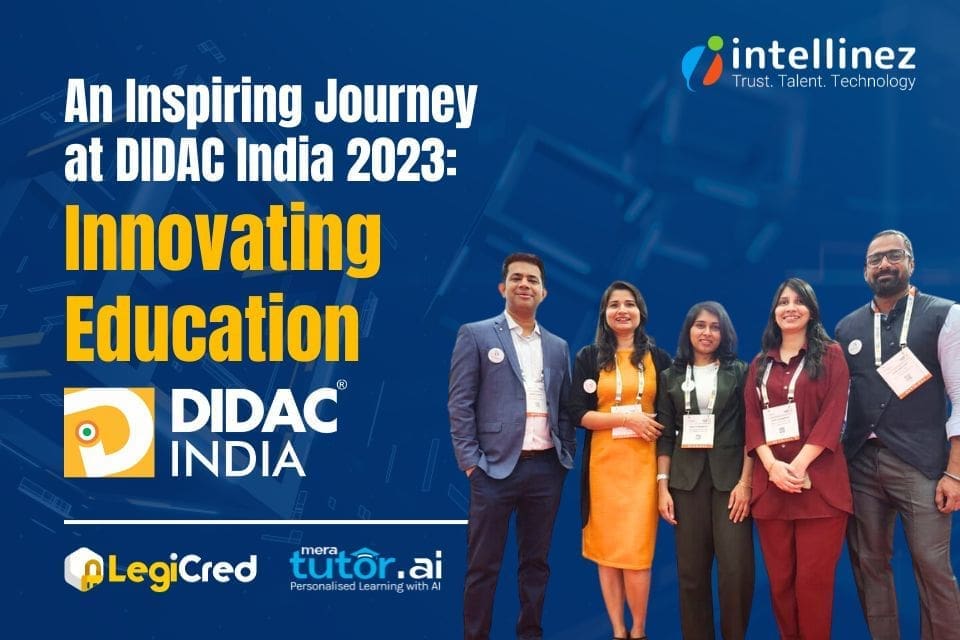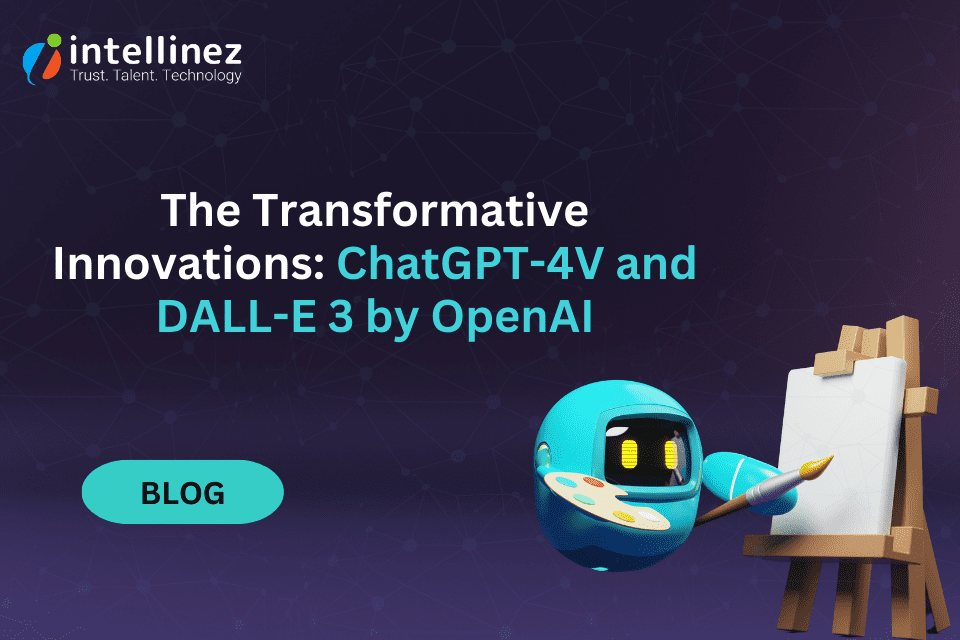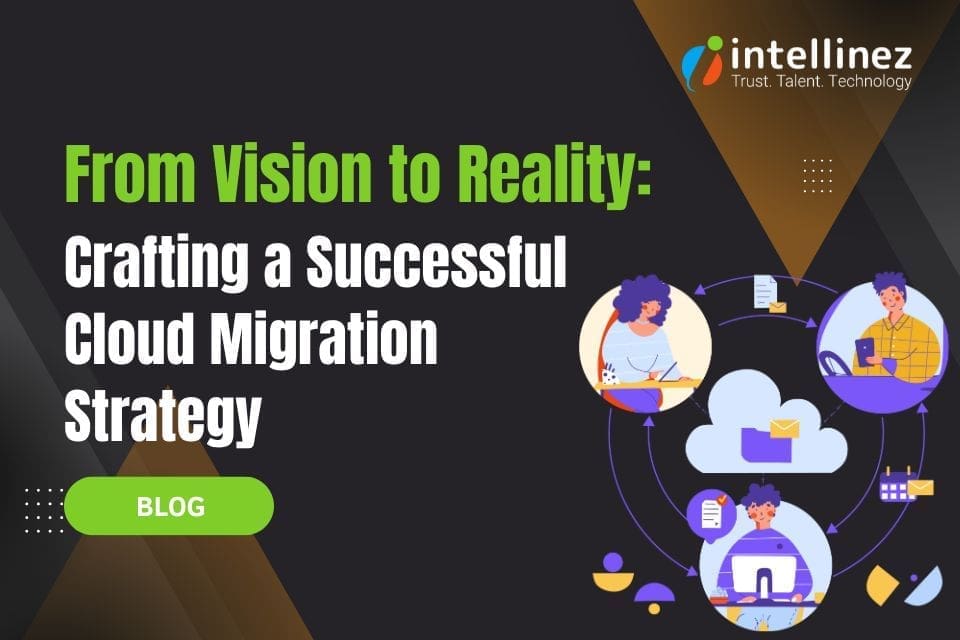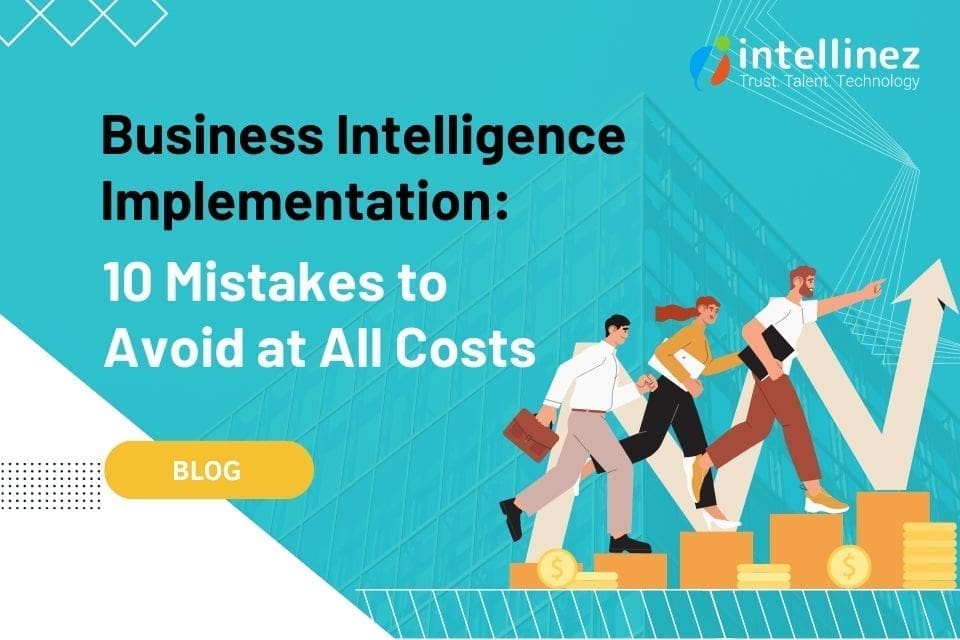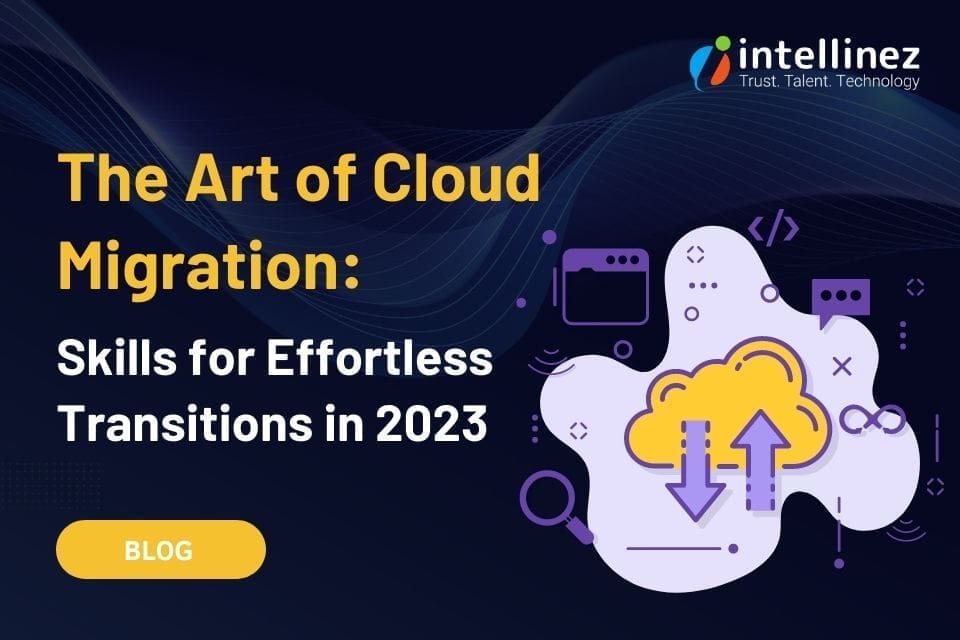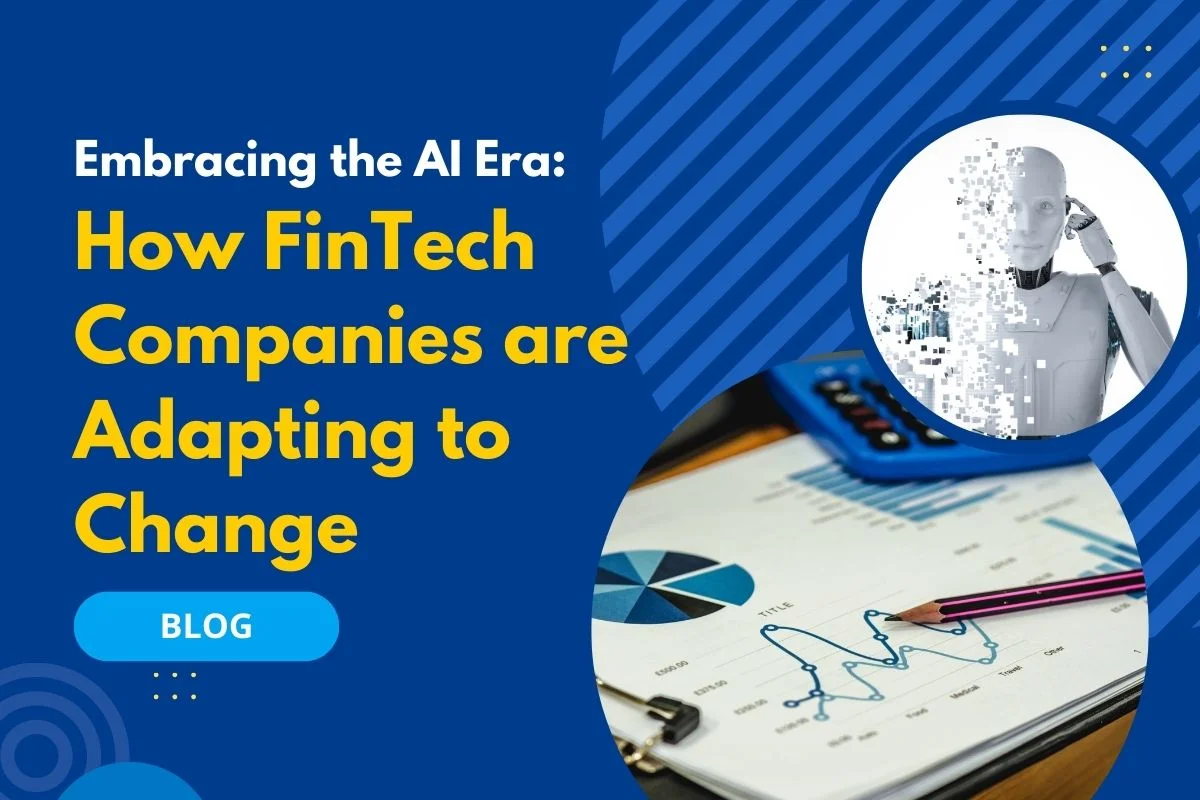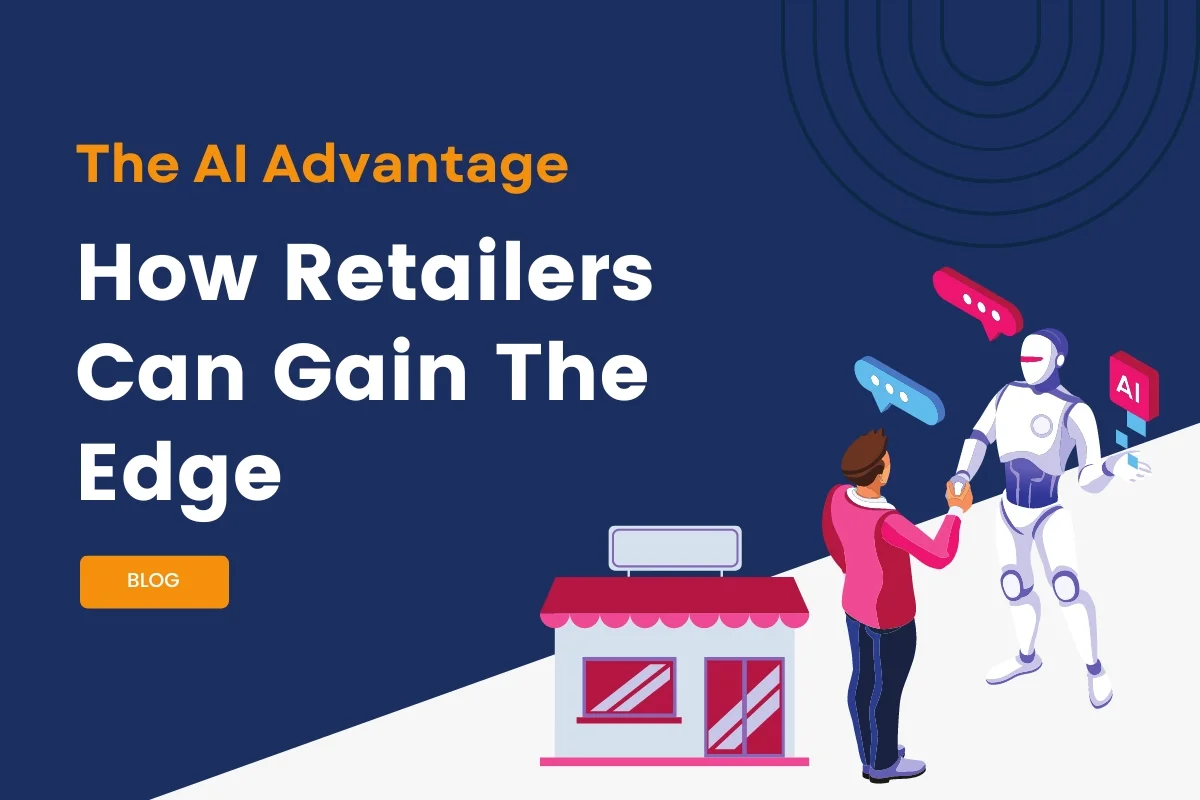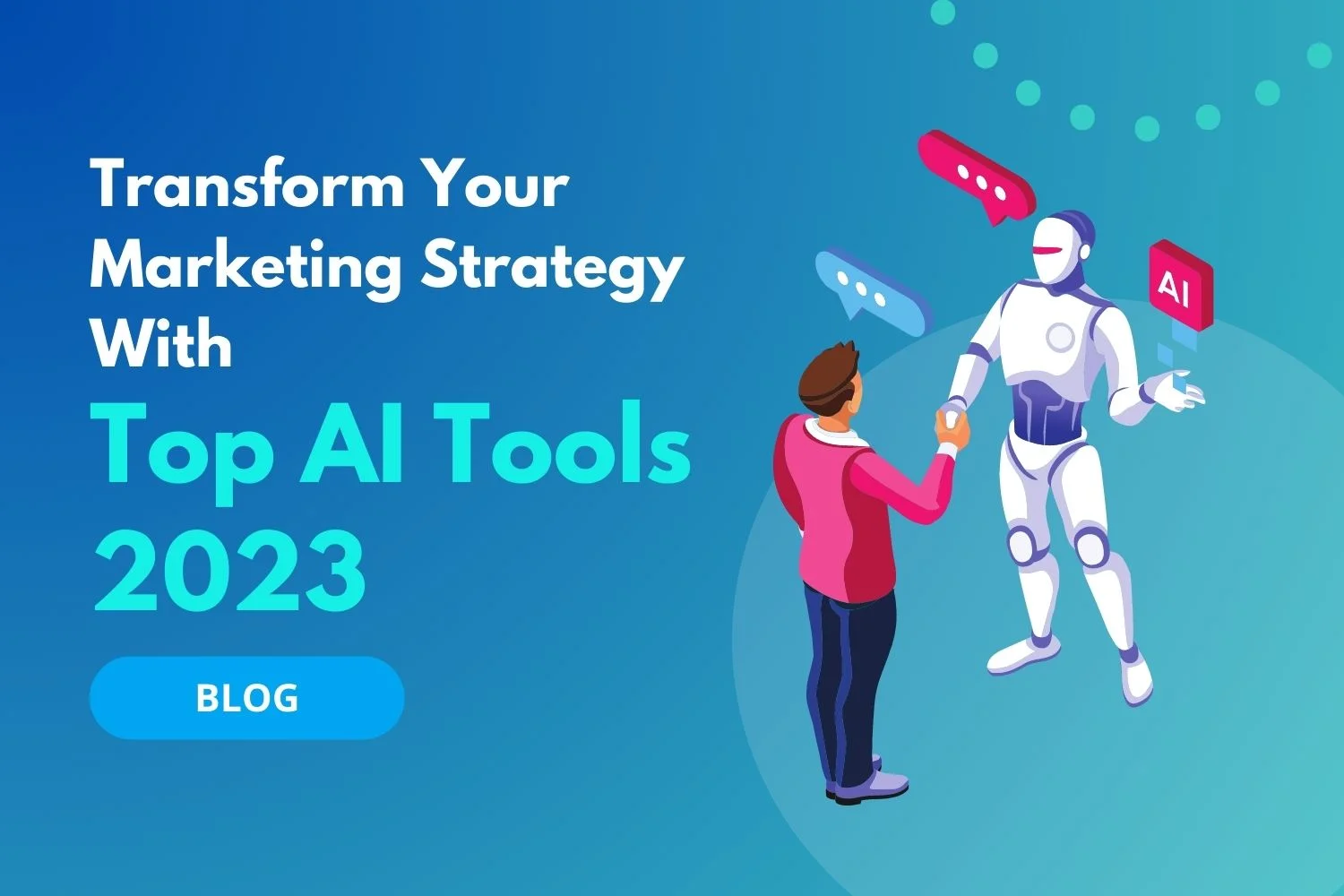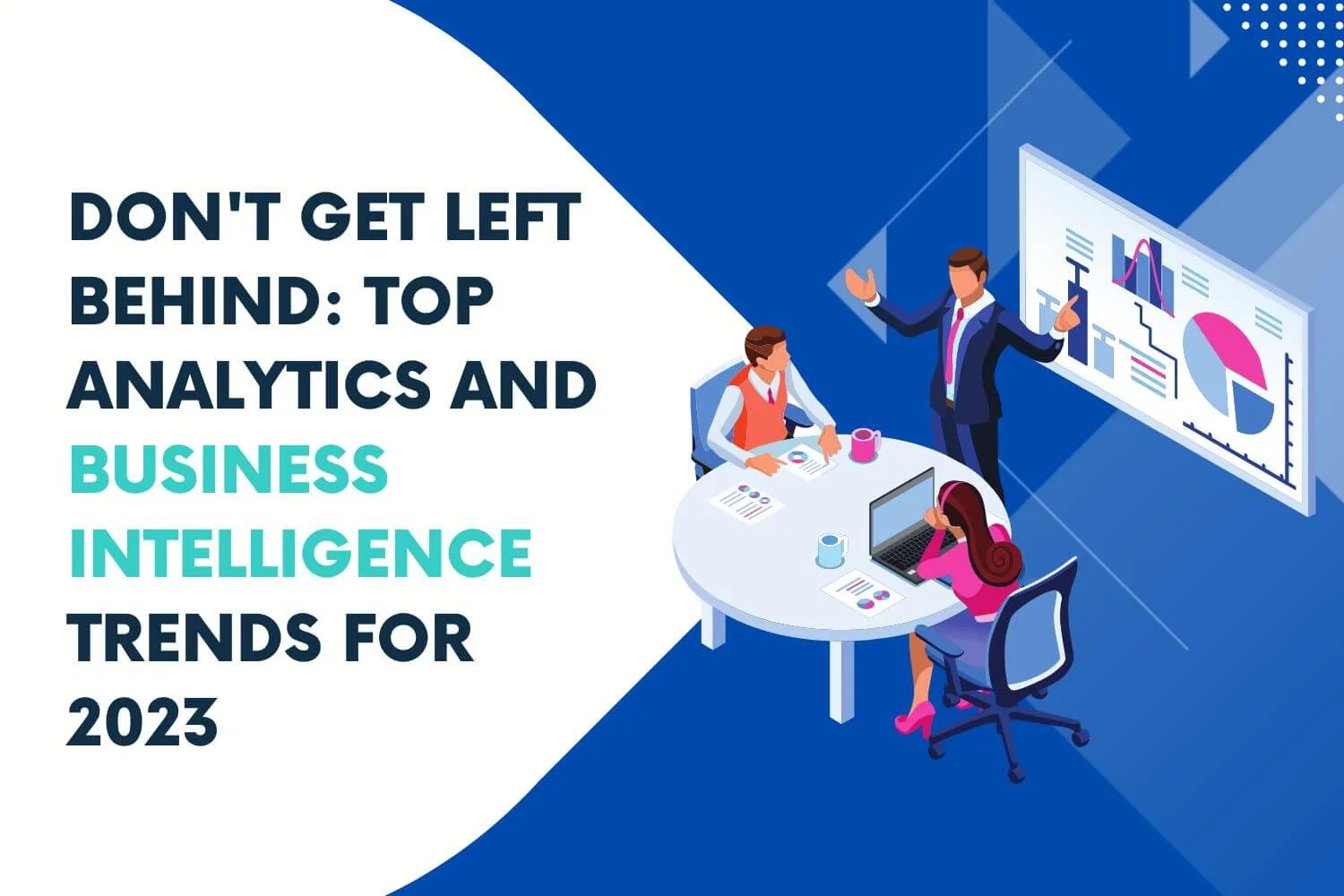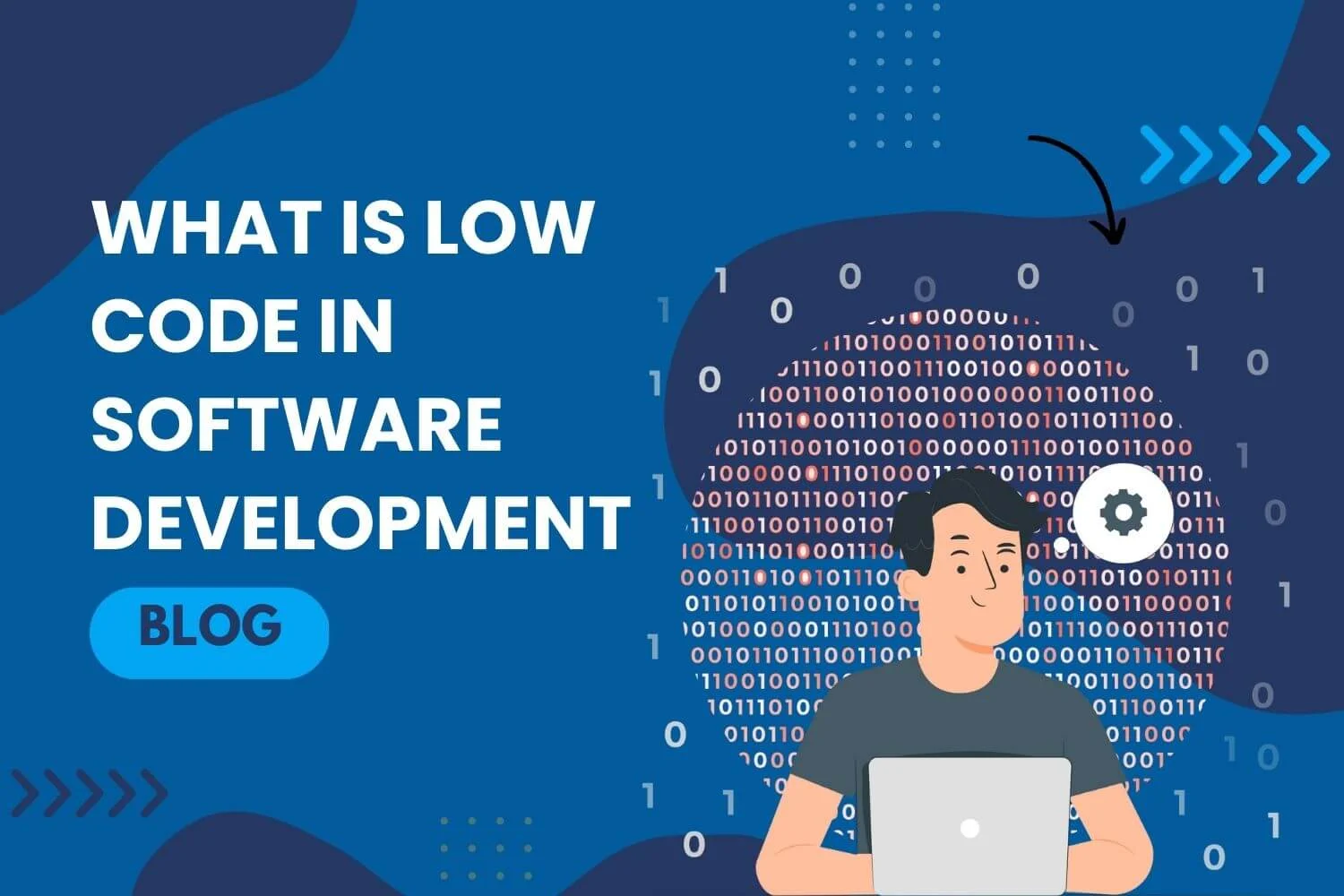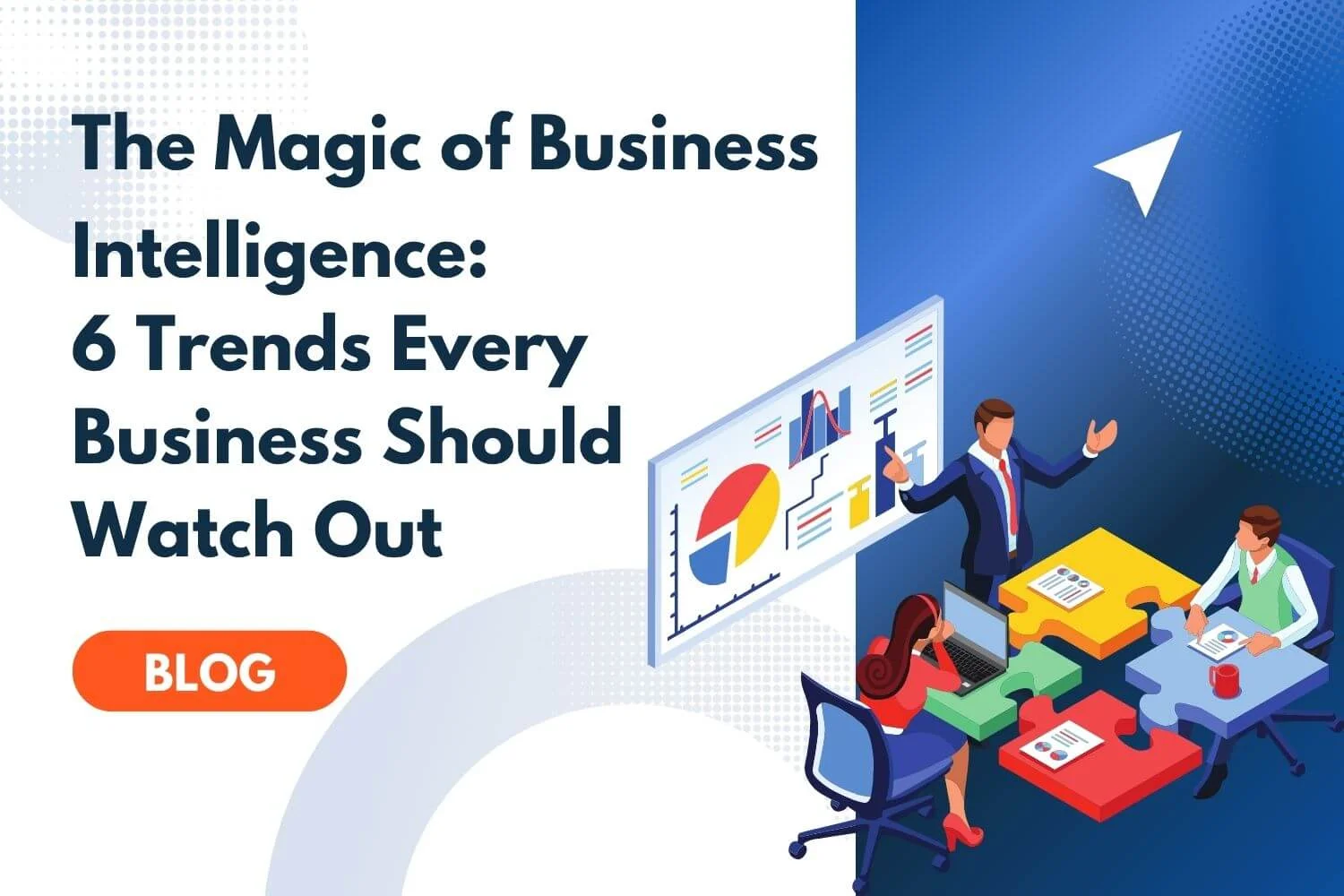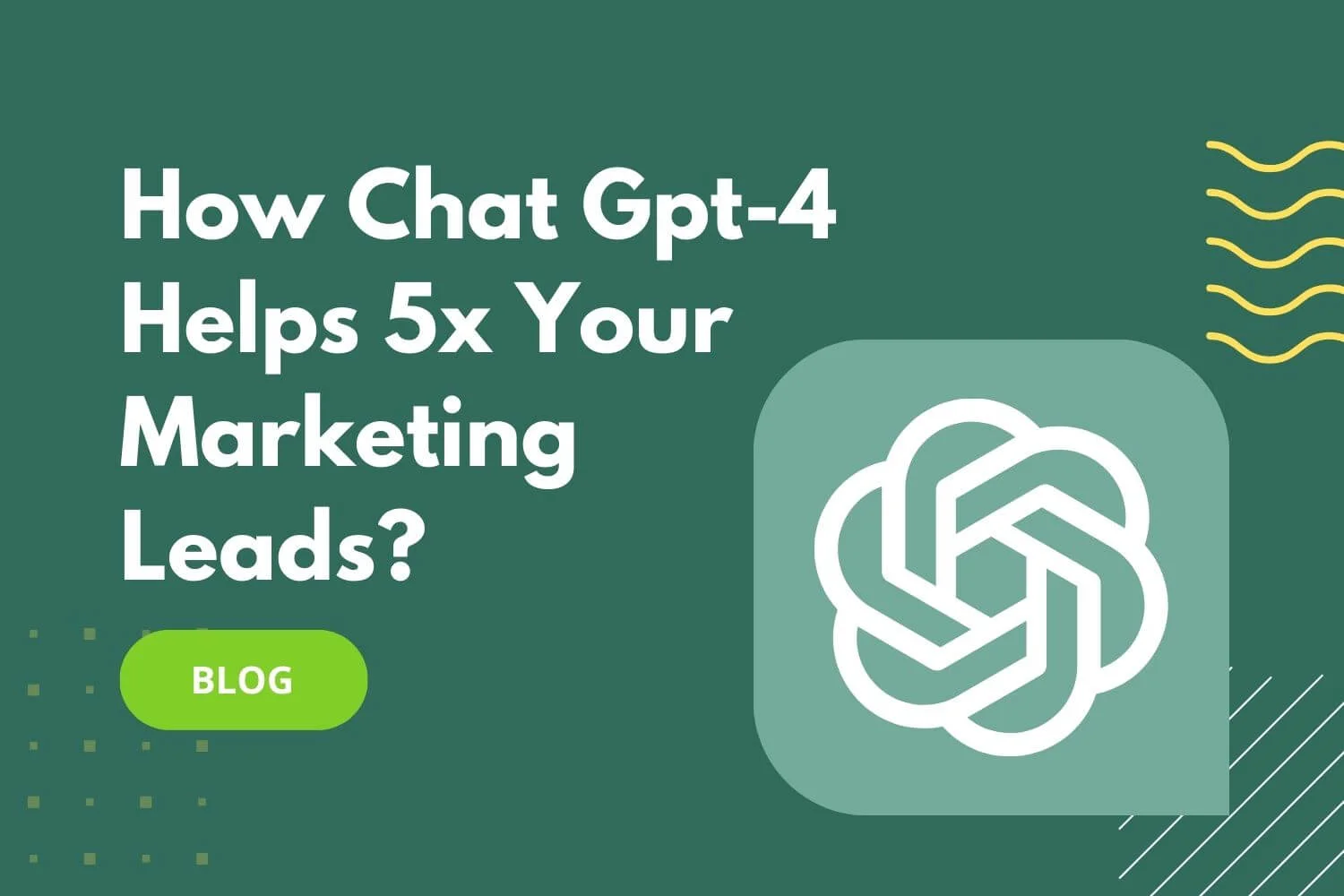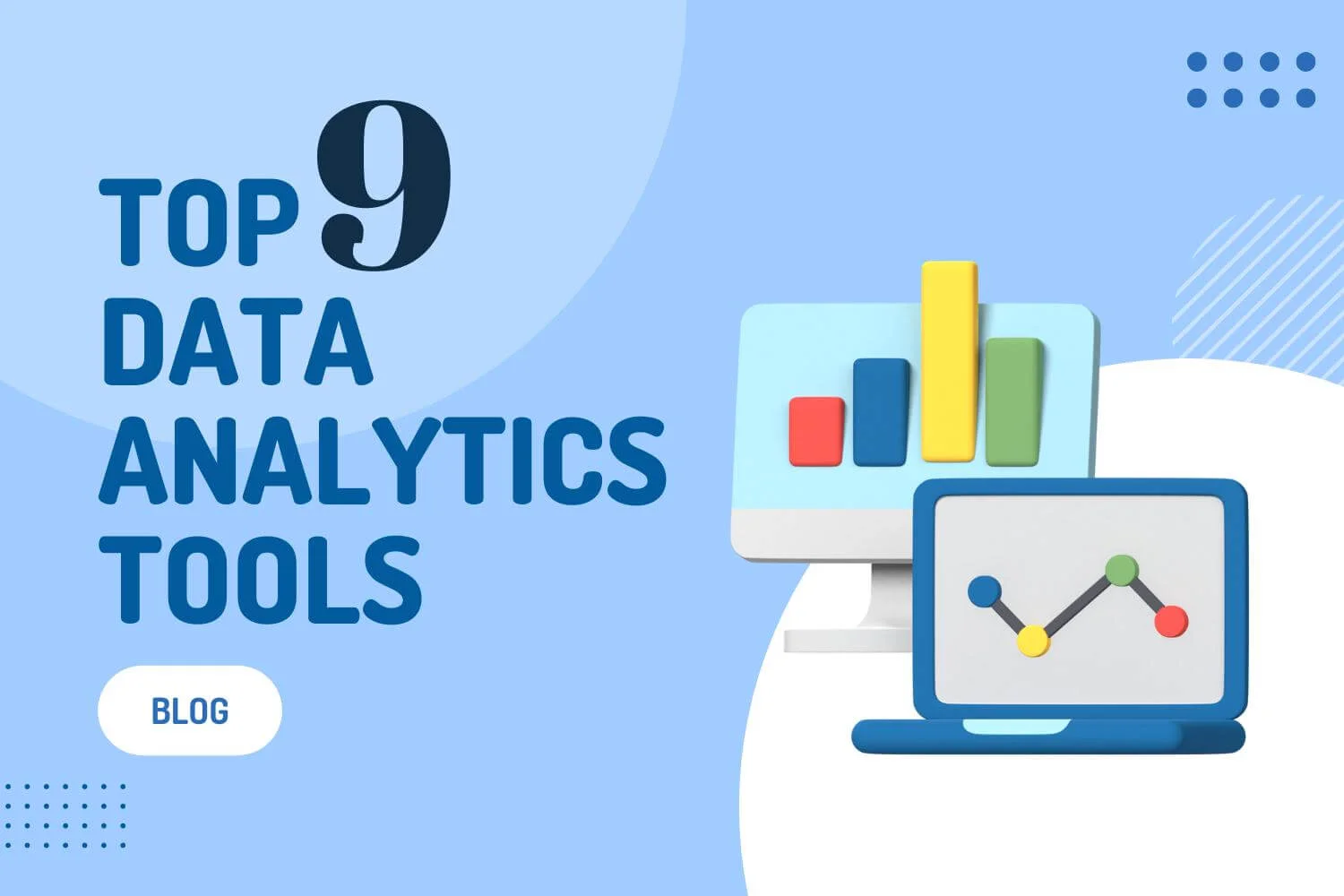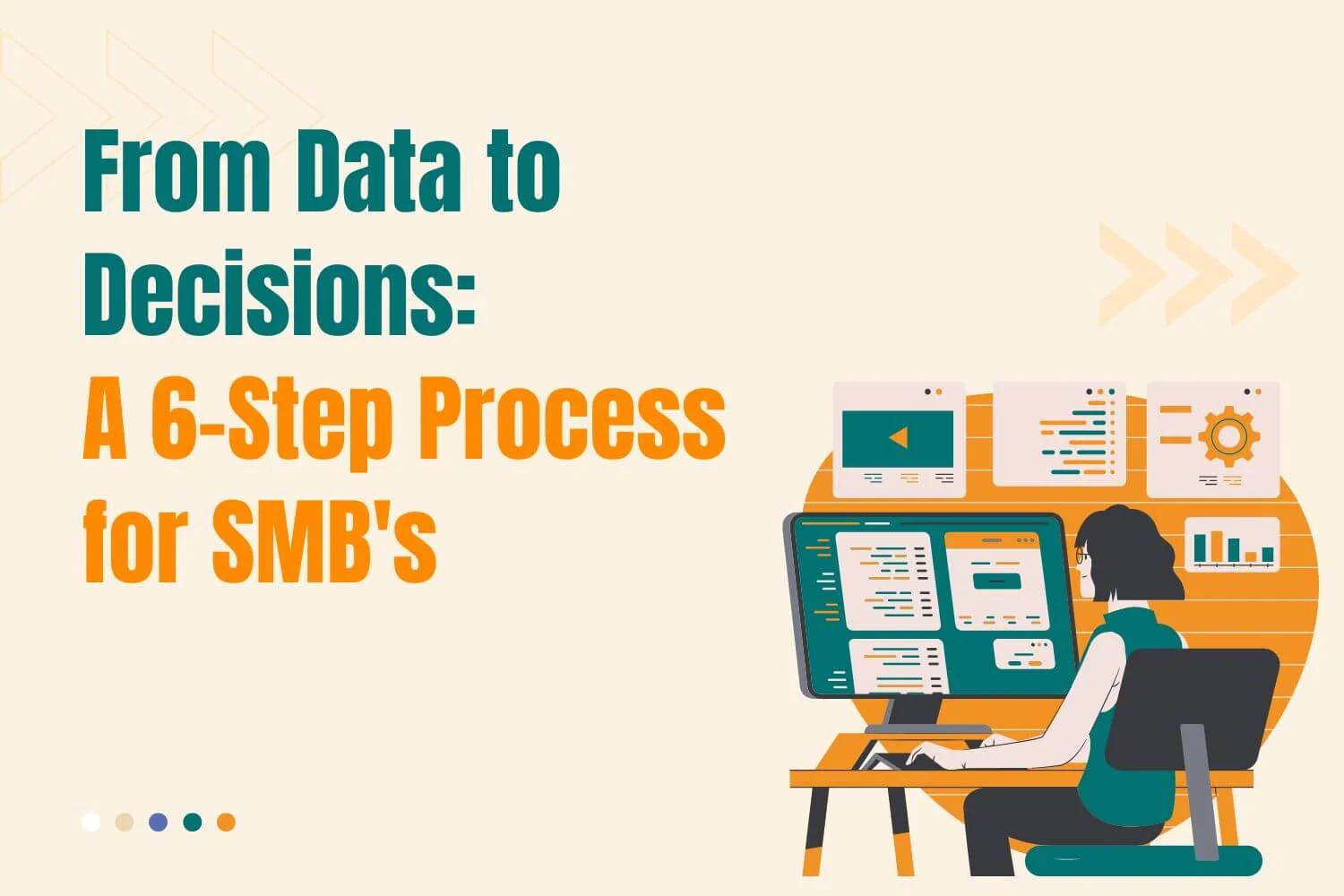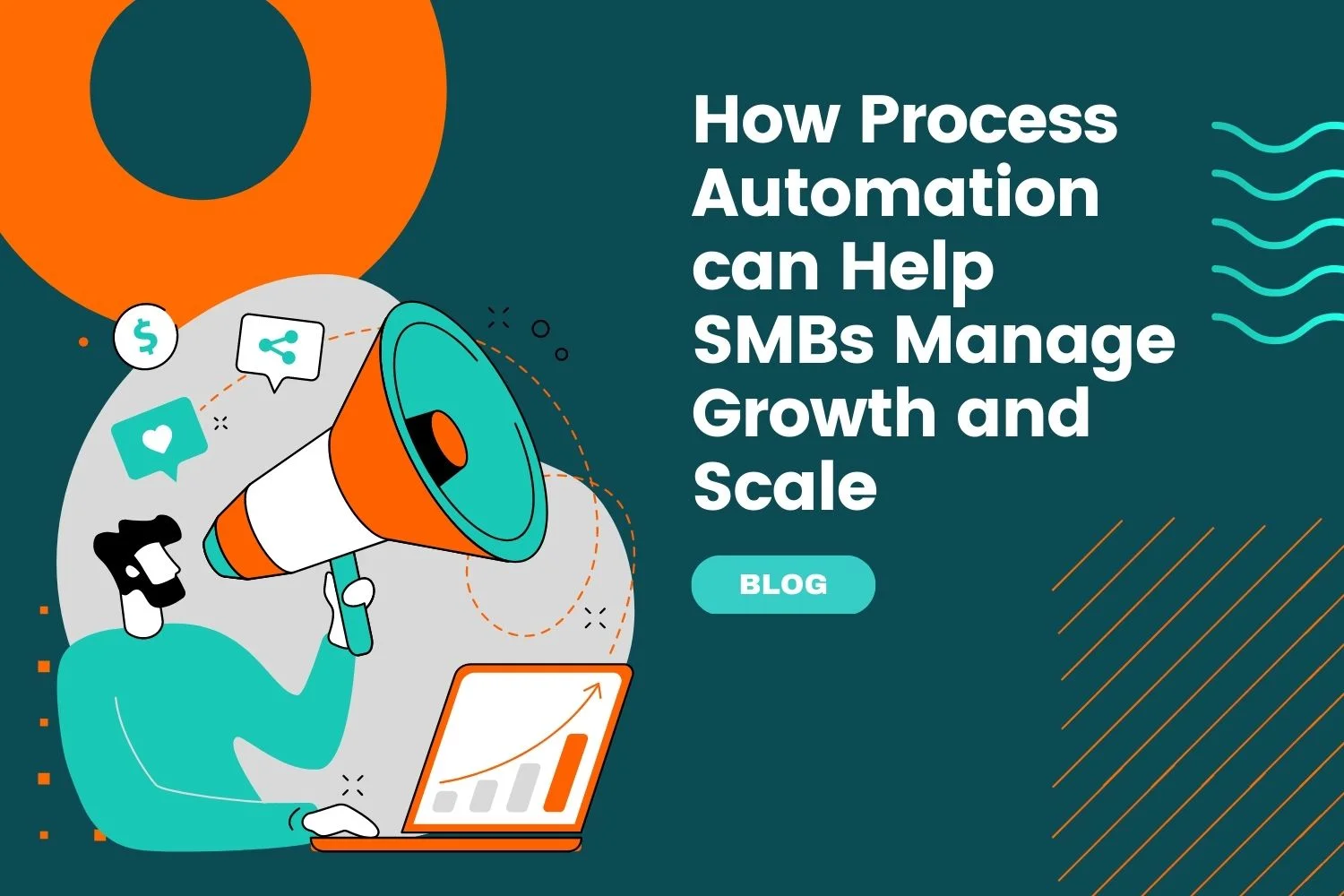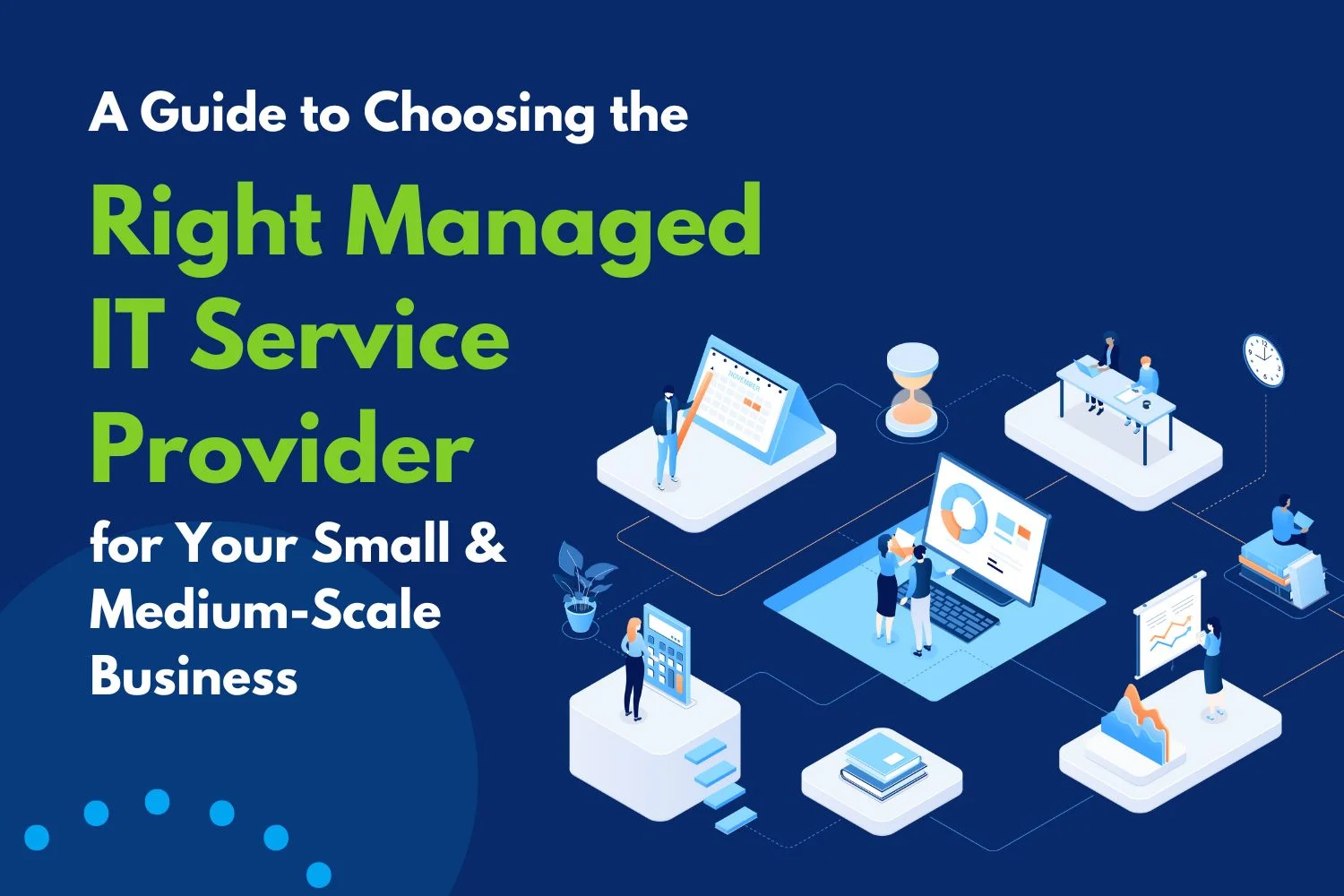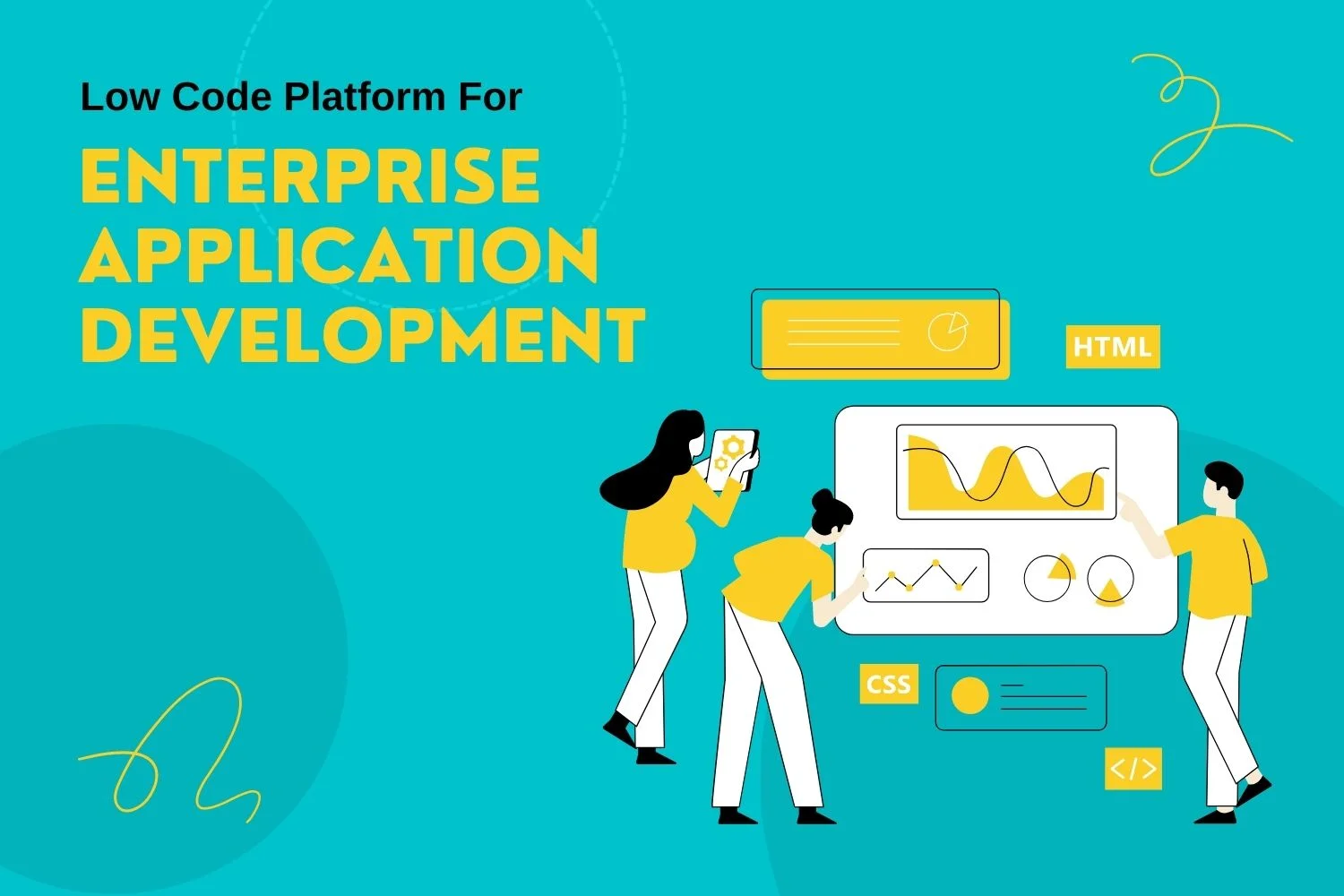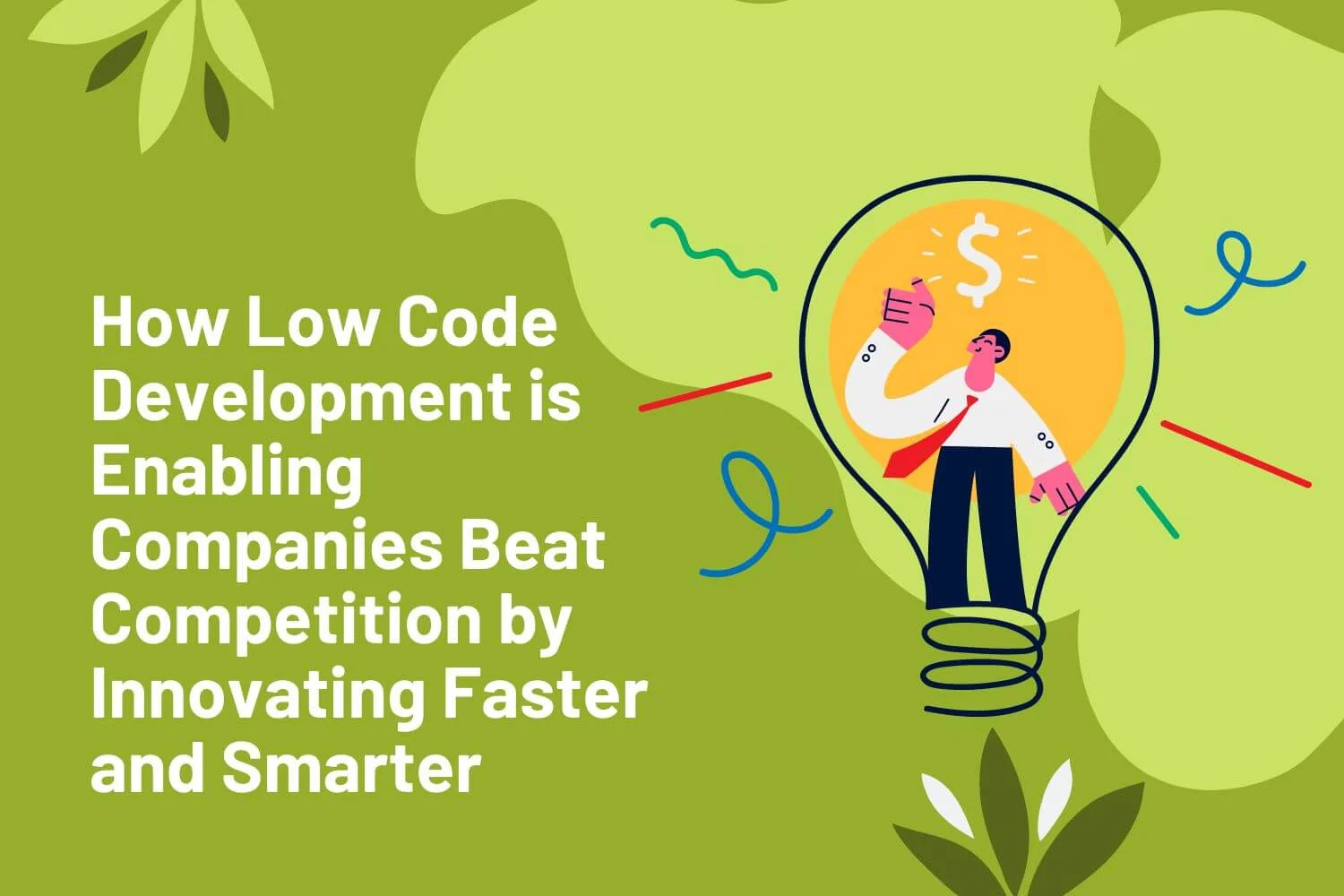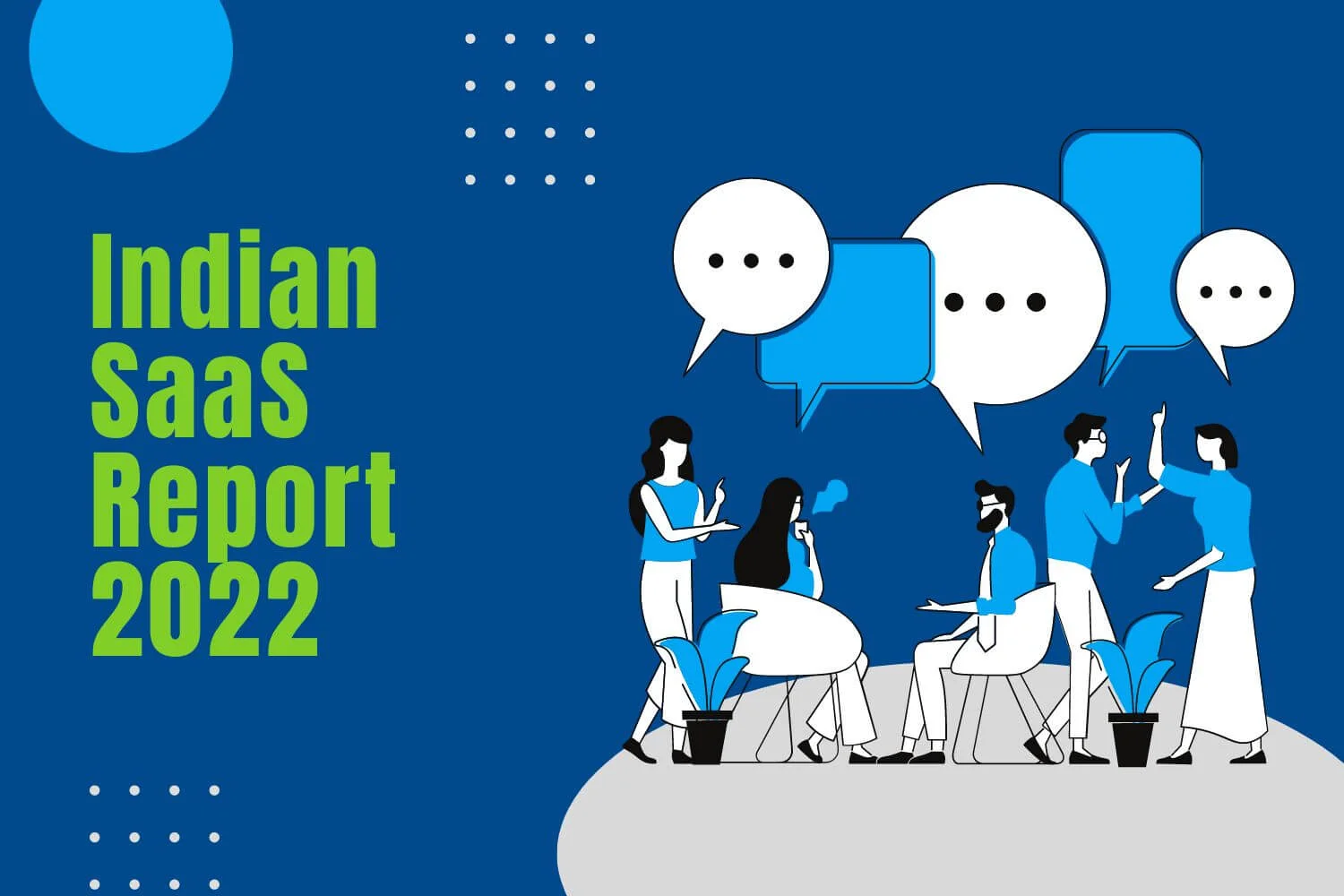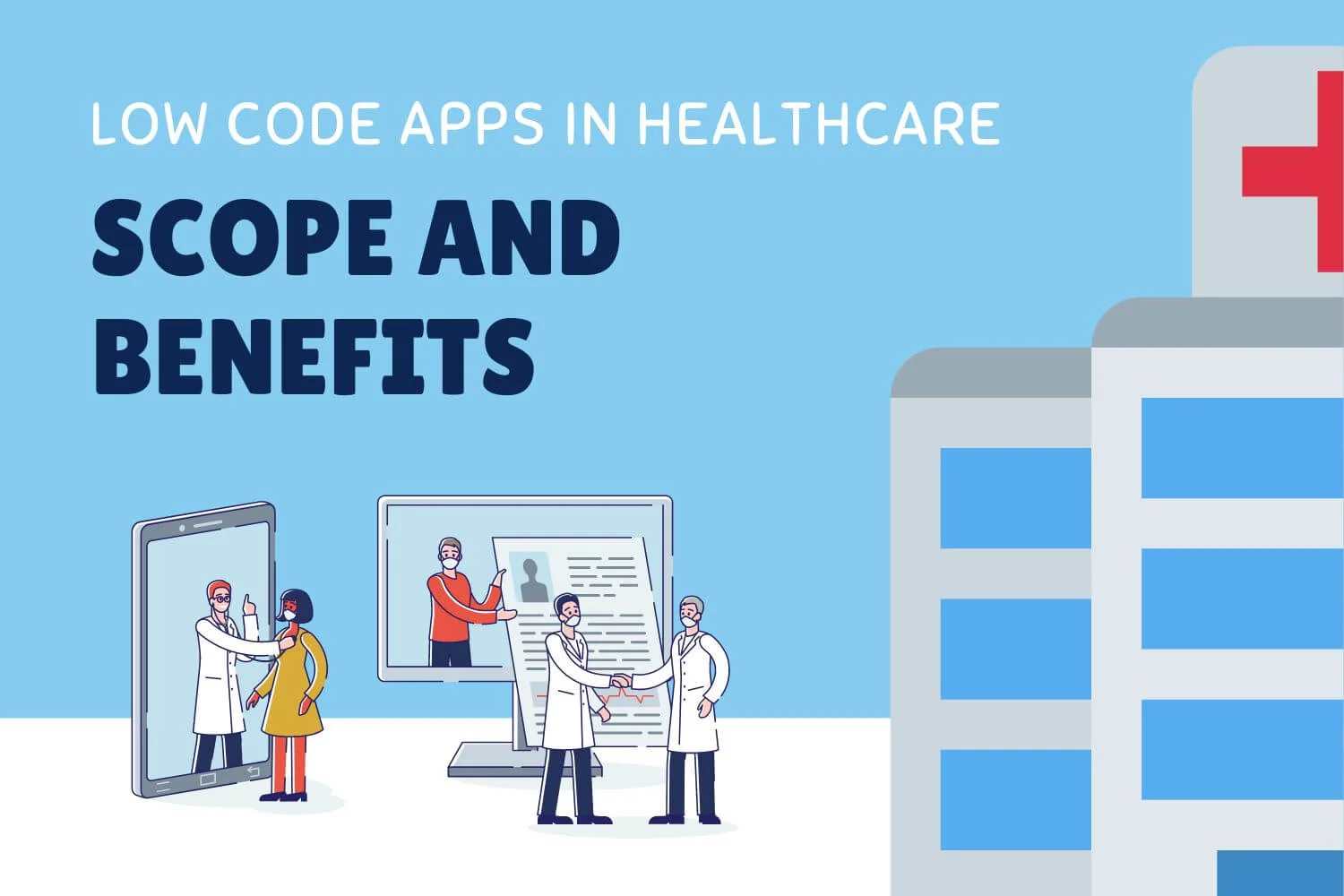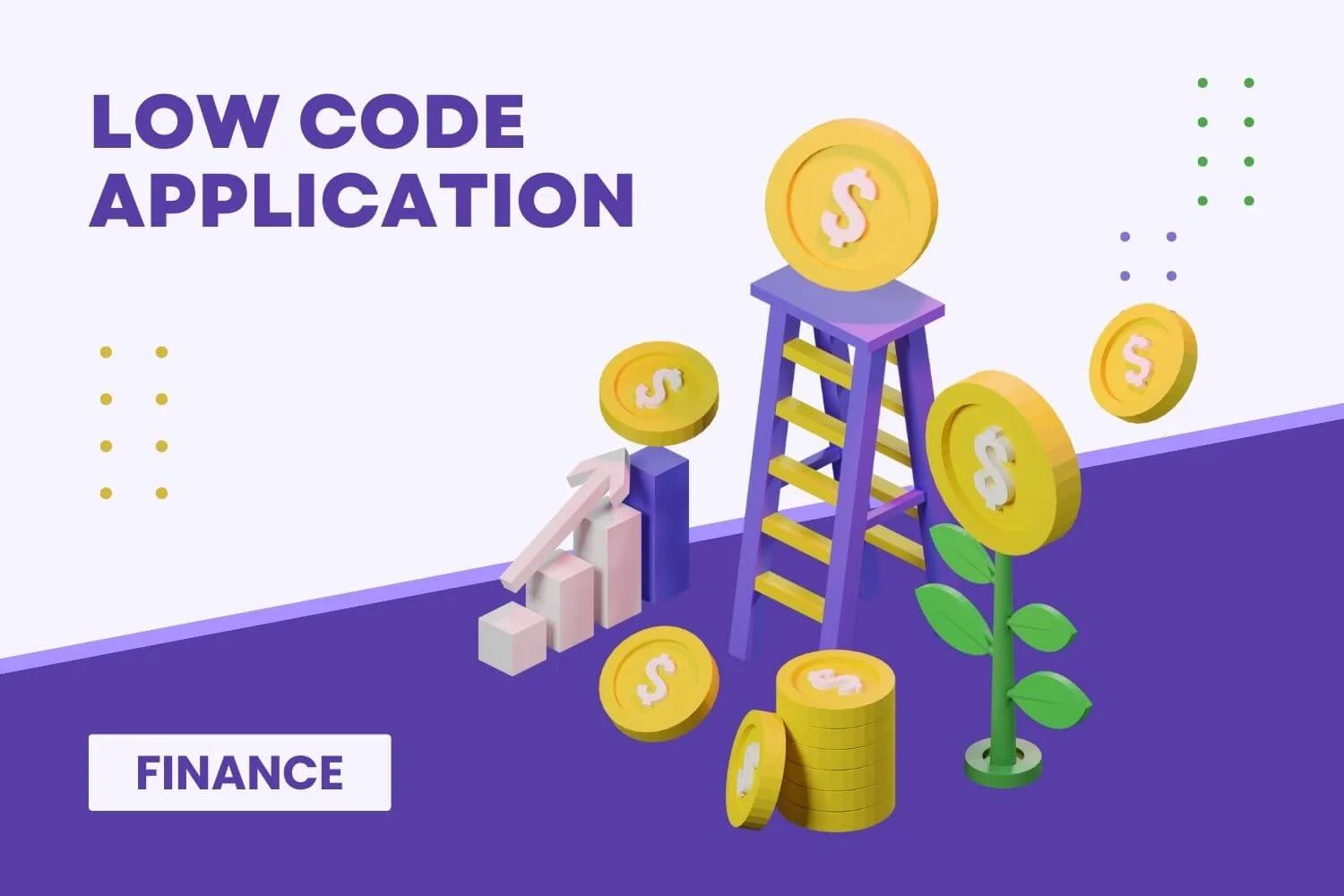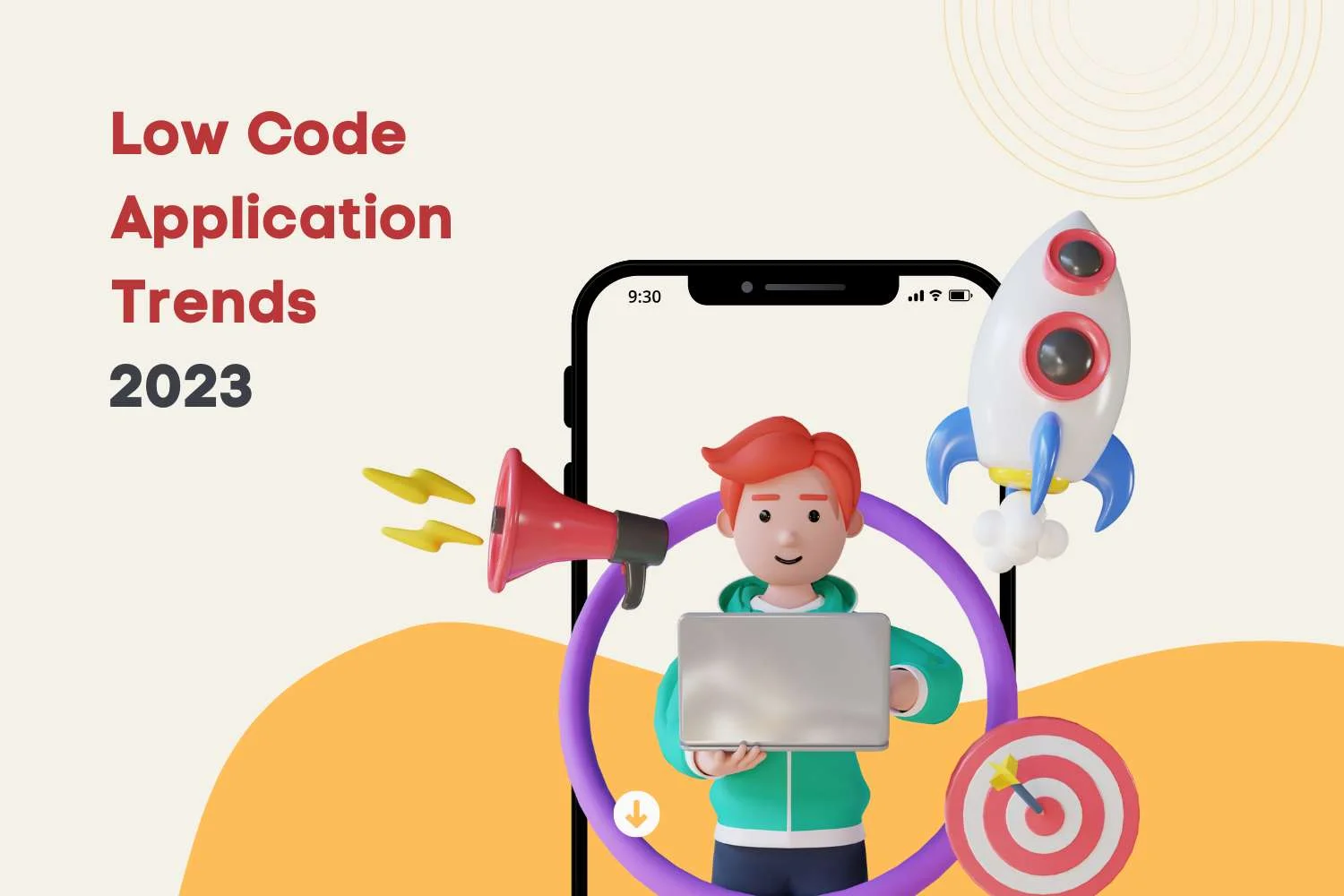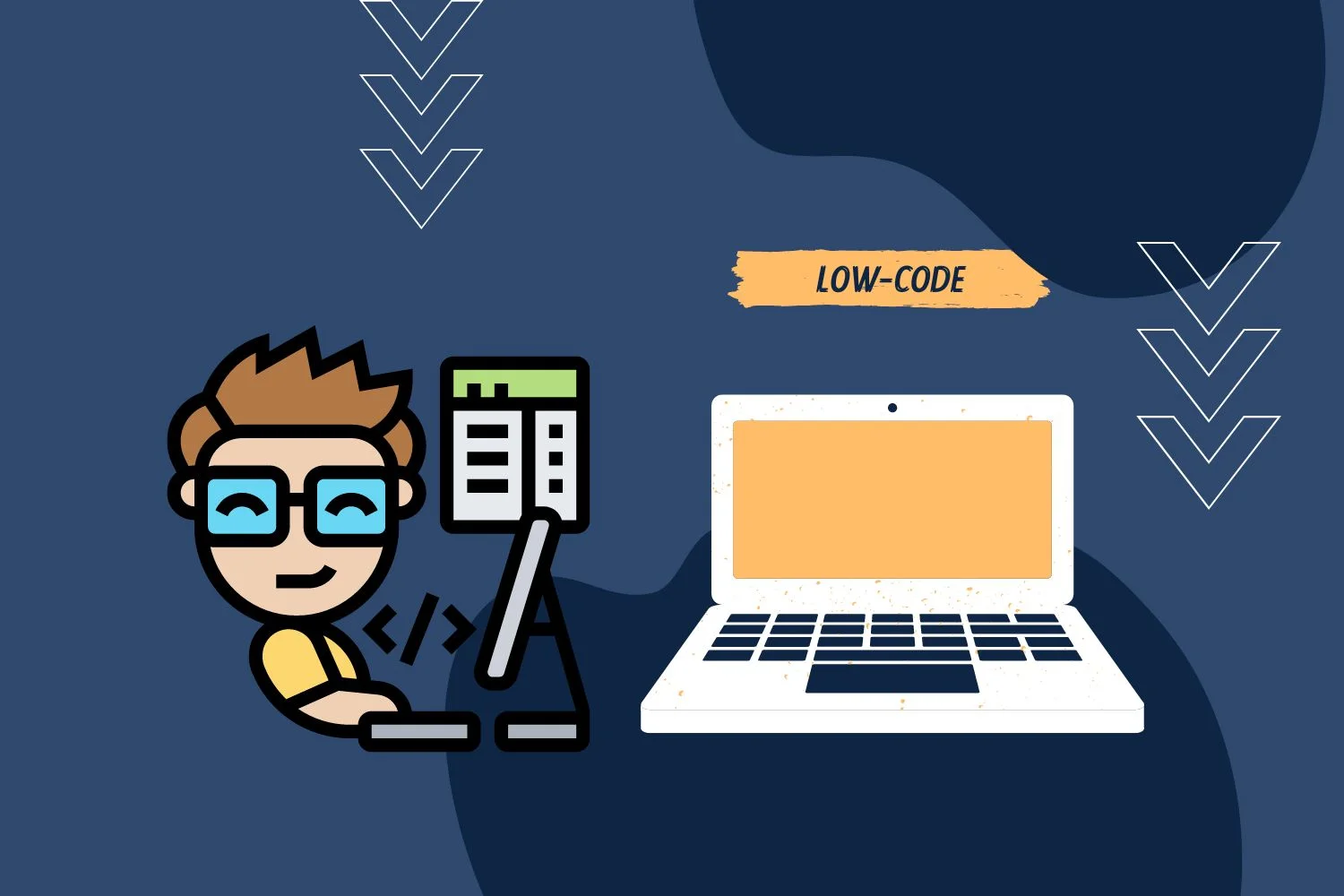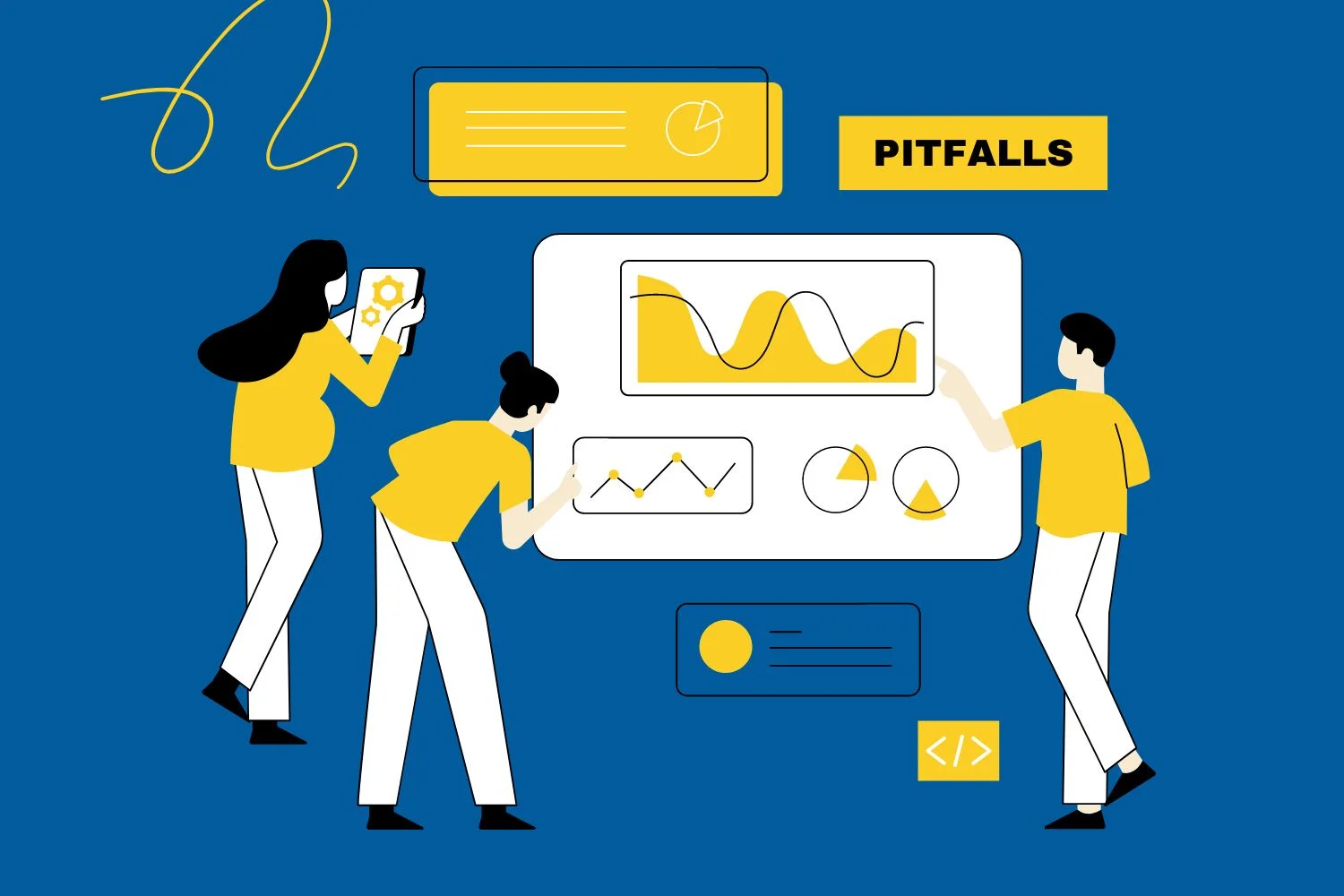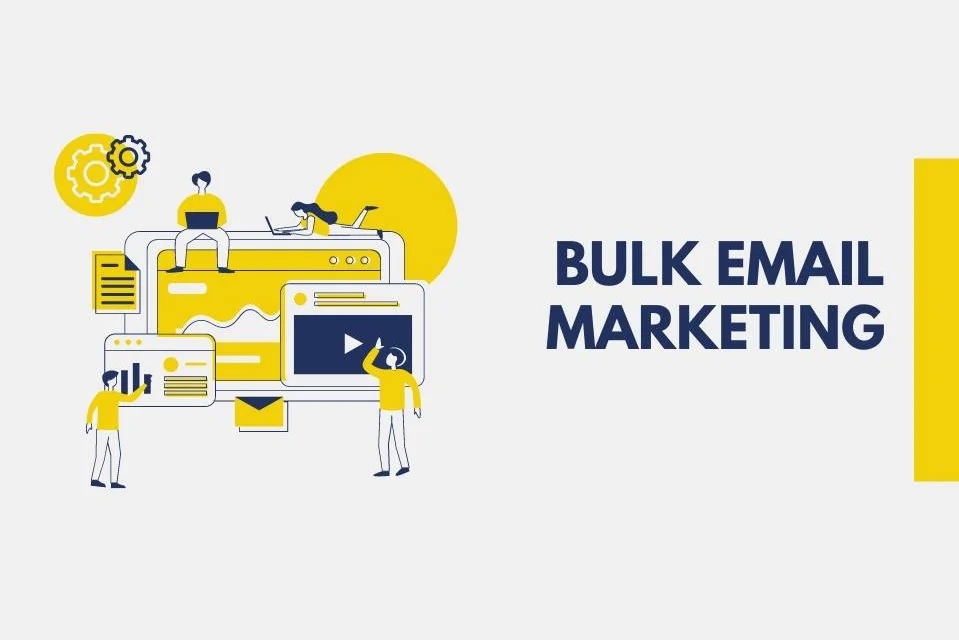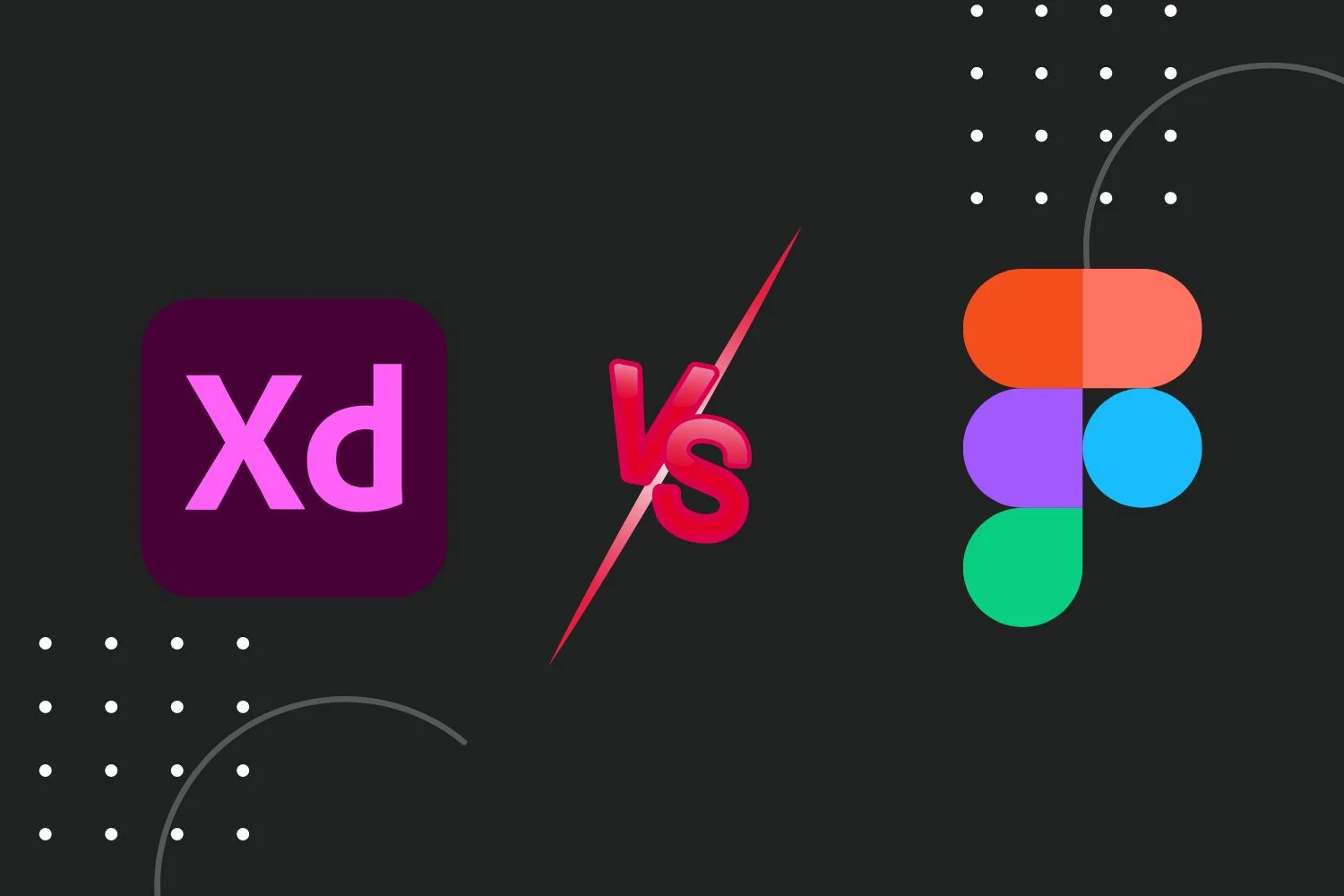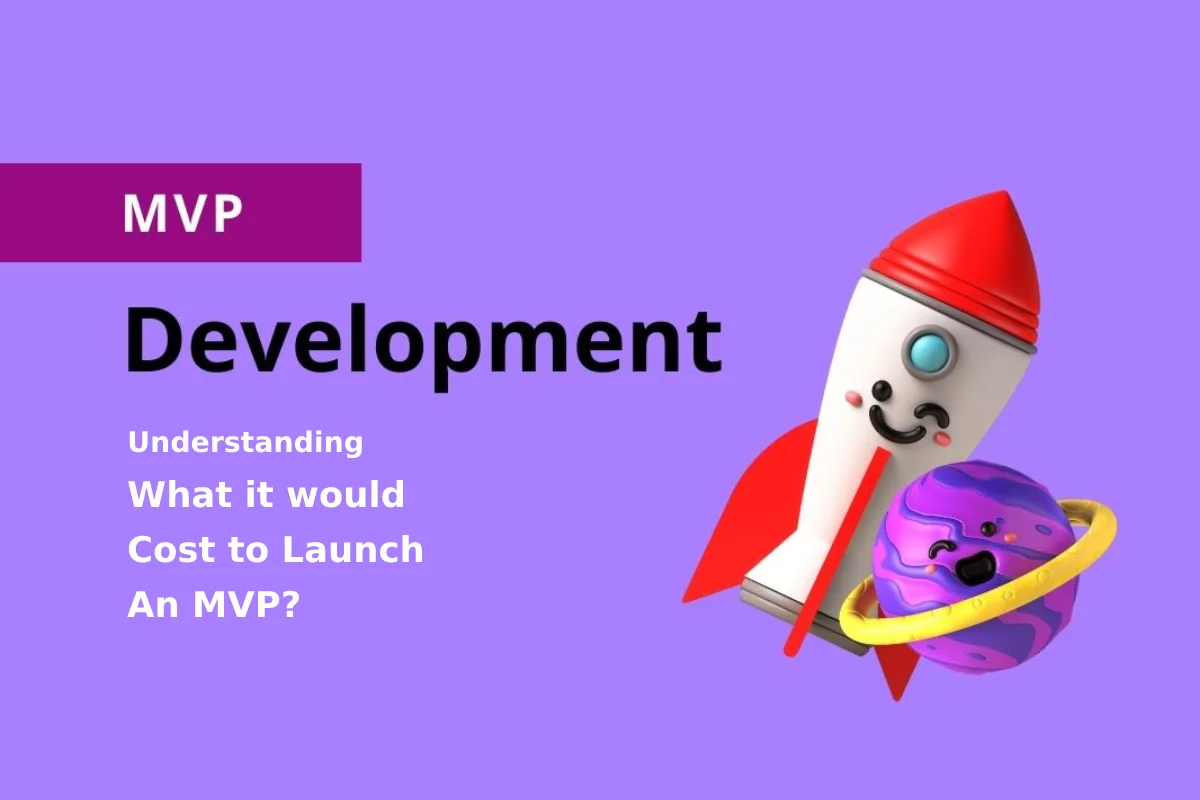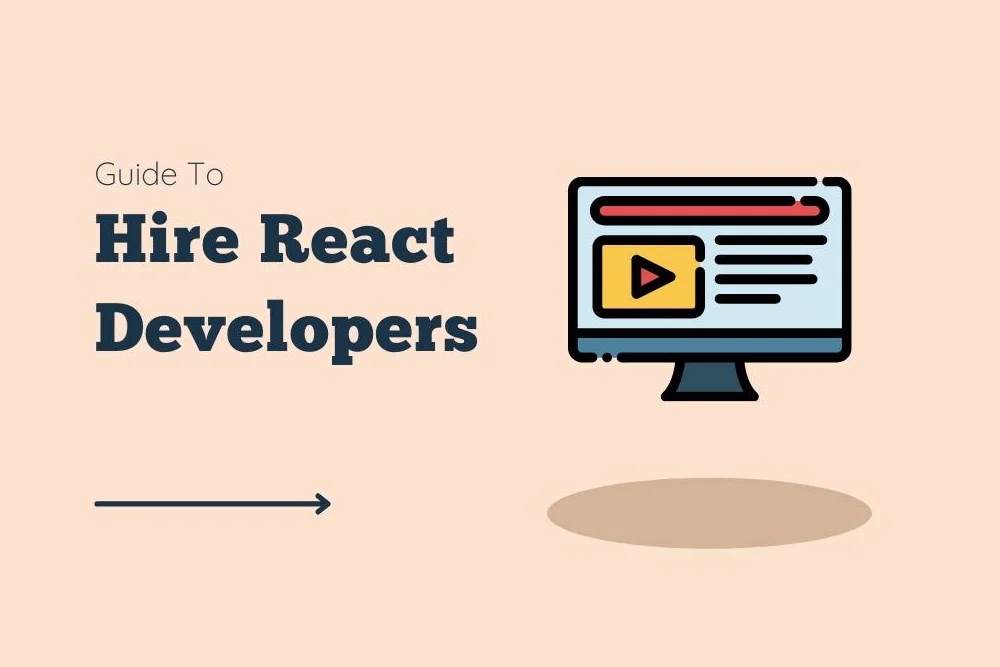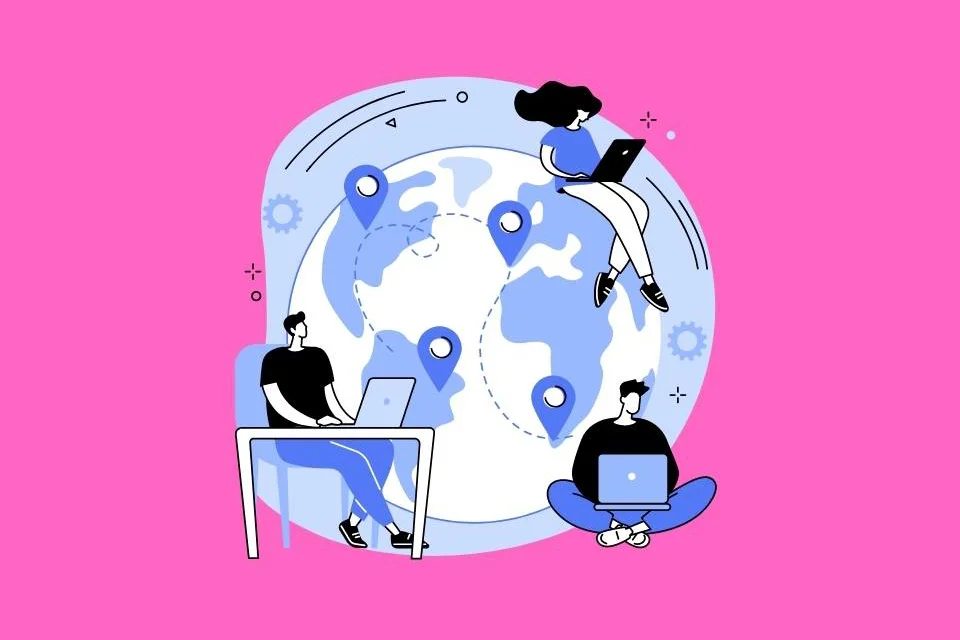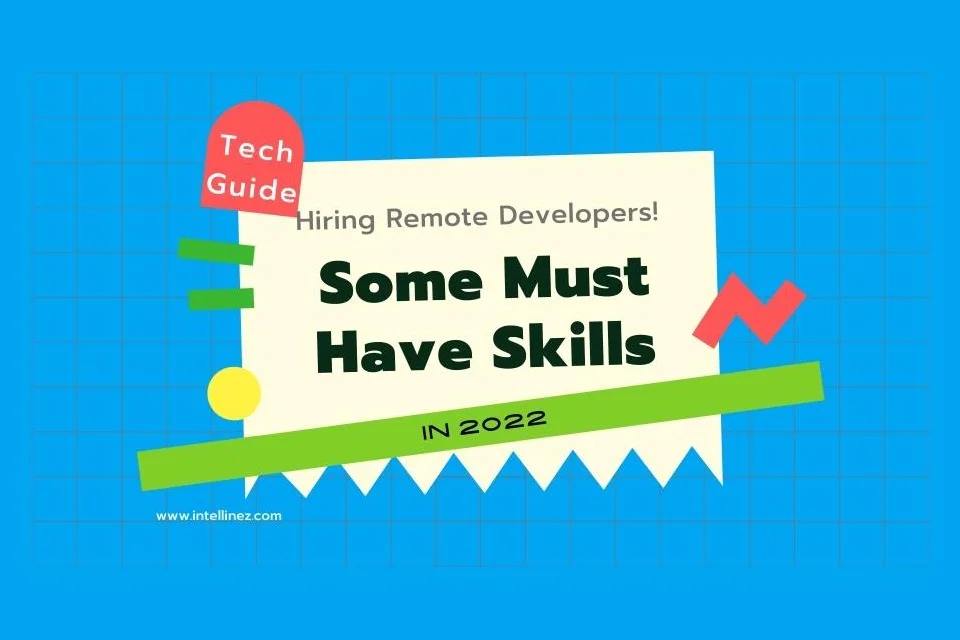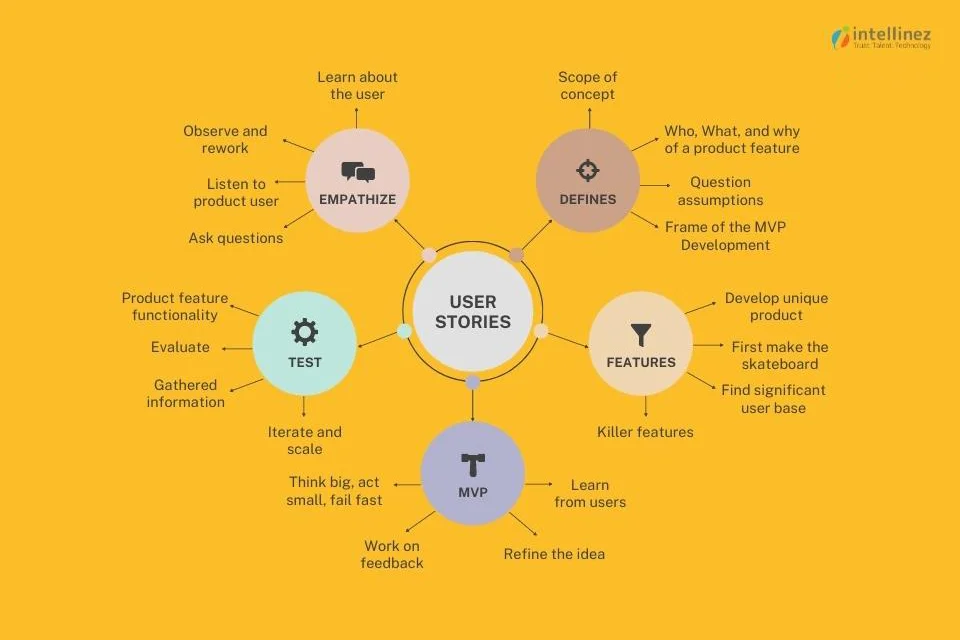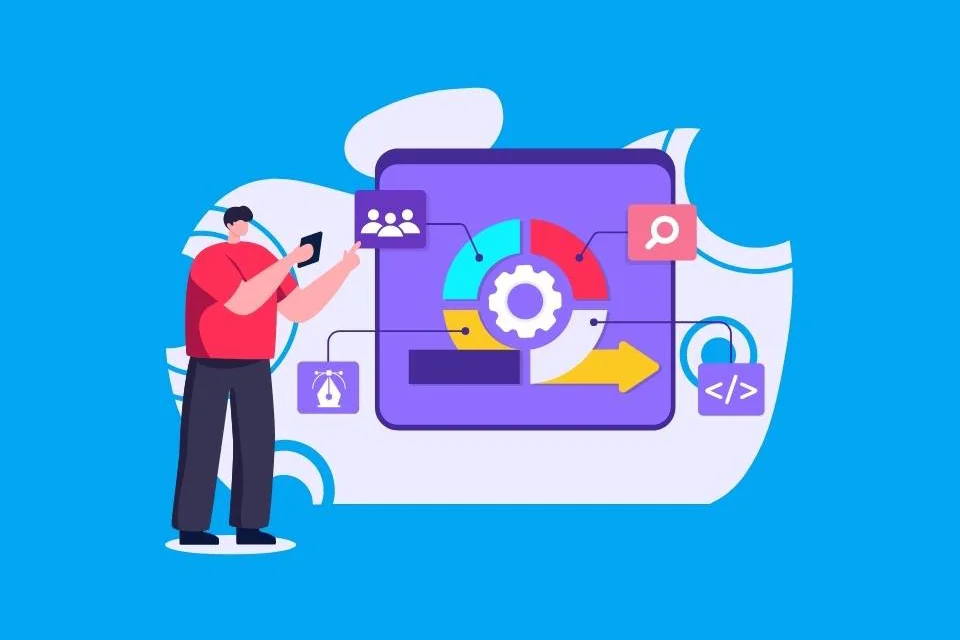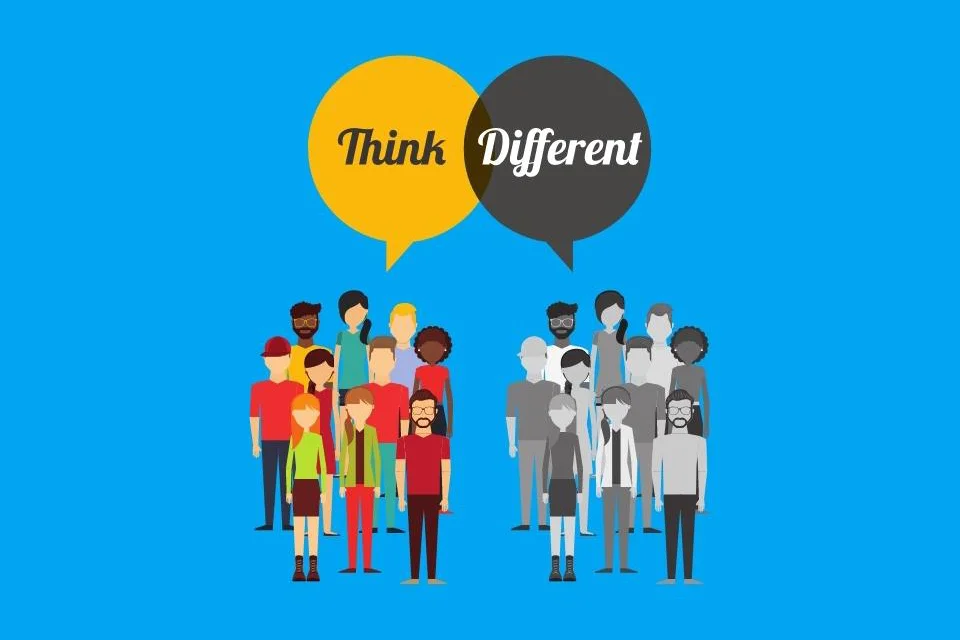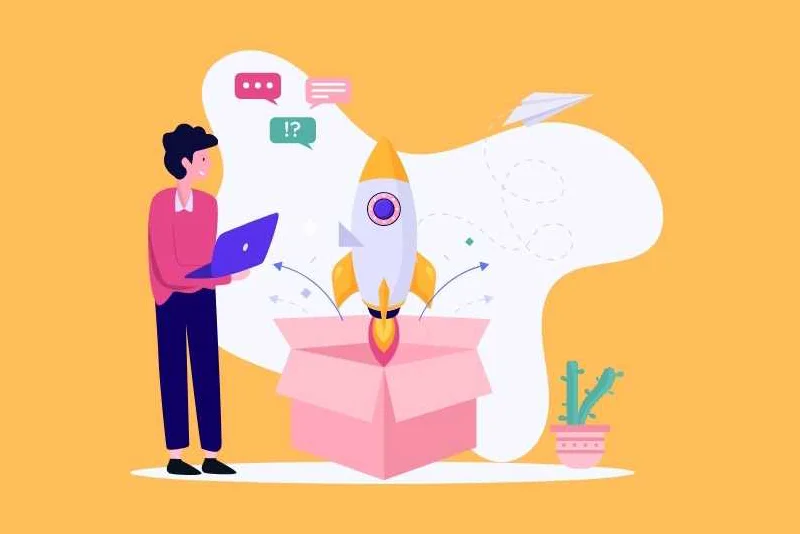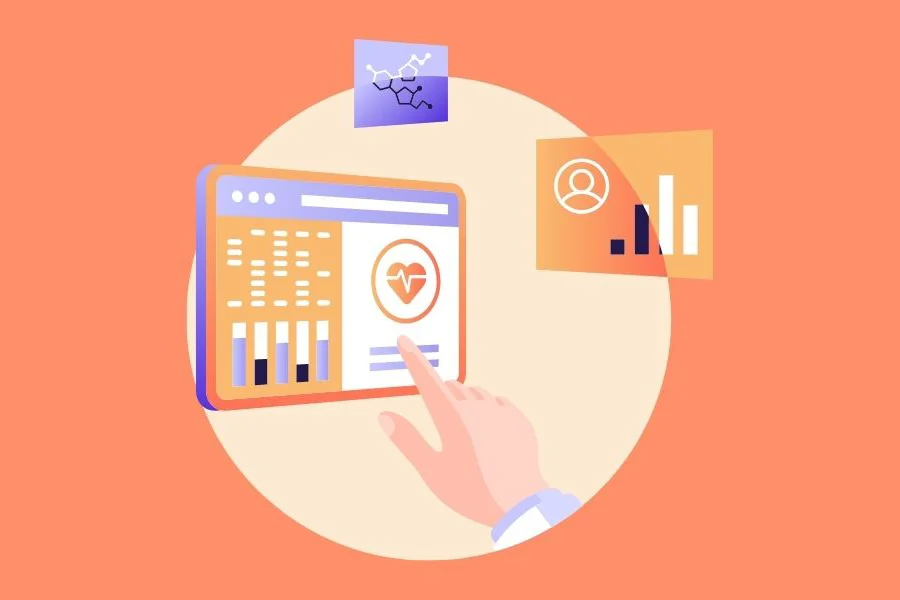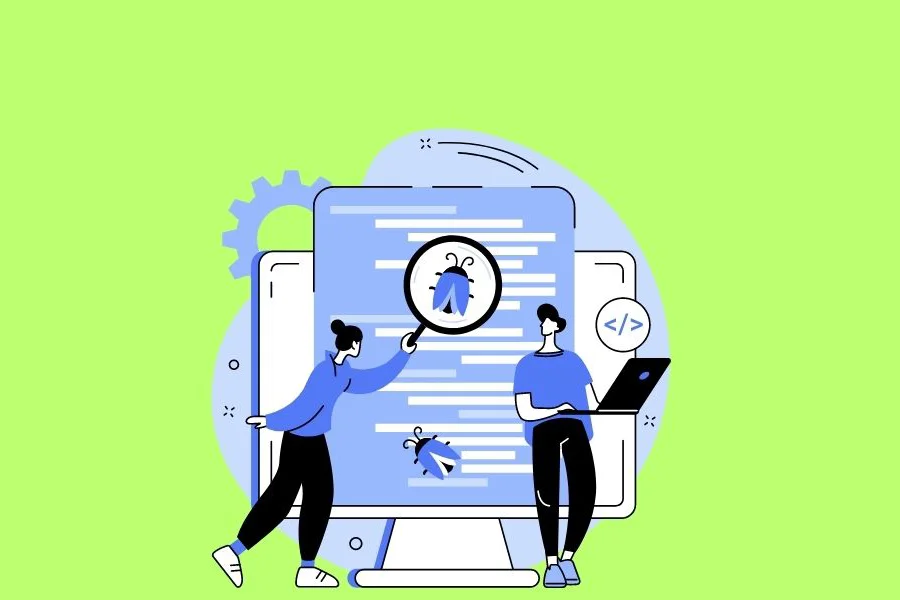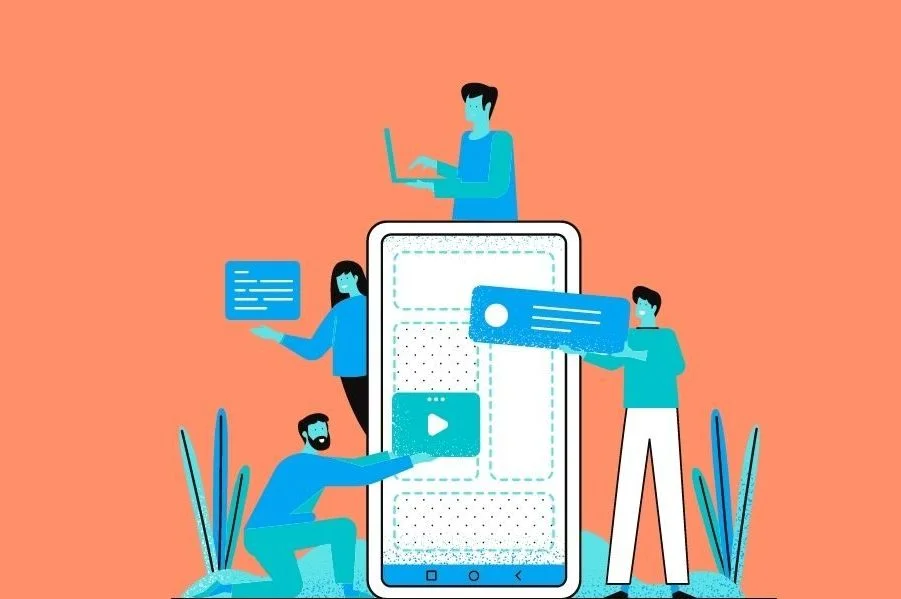- What Is Generative AI?
- How Does Generative AI Work?
- What Are The Use Cases Of Generative AI?
- What Are The Benefits Of Generative AI?
- What Are The Limitations Of Generative AI?
- What Are Some Examples Of Generative AI Tools?
- What Are Some Use Cases Of Generative AI?
- What Are The Best Practices For Using Generative AI?
- What Is The Future Of Generative AI?
Get ready for a paradigm shift! Chat-GPT and other Generative AI systems are about to shake things up in all industries. To stay ahead of the competition and become a leader in your field within the next five years, you must start planning a strong and effective Generative AI strategy today. The applications of generative artifical intelligence in pharmaceutical industry and entertainment is evloving day by day.
Artificial Intelligence is undergoing a massive transformation, with machines becoming more human-like than ever before. Thanks to the latest Generative AI models, these machines can hold advanced conversations with users and even create original content. It’s a whole new world!
What is Generative AI?
Generative AI is a set of smart algorithms that can create realistic and fresh content like images, audio, and text by learning from existing data. The most advanced Generative AI algorithms rely on “foundation models” trained on loads of data to identify patterns and do many different tasks.
For example, GPT-3.5, a foundation model trained on tons of text, can be adapted to answer questions, summarize text, and analyze emotions. And DALL-E, another foundation model, can make cool images, enlarge them, and create new versions of classic artworks.
Generative AI can be a game-changer, helping industries generate new and exciting content quickly and accurately. With the right generative AI strategy, businesses can boost productivity, create new opportunities, and give their customers better experiences. Don’t be left behind, embrace the power of Generative AI!
How Does Generative AI Work?
Curious about how Generative AI works? It all starts with a prompt – a text, image, video, or musical notes – that the AI system processes. Next, various algorithms get to work, generating new content in response to the prompt. This content can include essays, solutions to problems, or even realistic fakes created from pictures or audio of a person.
Before, Generative AI was pretty complicated – developers had to use special tools and write applications using languages like Python. But now, pioneers in Generative AI are working on better user experiences. That means you can describe what you want in plain language, and the system will respond accordingly. Plus, you can customize the results with feedback about the style, tone, and other elements you want the content to have.
With these advancements in Generative AI, businesses can easily create high-quality, unique content in less time, making it an essential tool for many industries.
What Are The Use Cases Of Generative AI?
Generative AI is a versatile technology that can create all sorts of content. With recent innovations, like GPT, Generative AI is becoming more accessible to users. Here are some examples of how Generative AI can be used:
- Improving dubbing for movies and educational content in different languages
- Generating email responses, dating profiles, resumes, and term papers
- Deep fakes for impersonating individuals or celebrities
- Composing music in specific styles and tones
- Customer service and technical support chatbots
- Creating photorealistic art in different styles
- Designing physical products and buildings
- Enhancing product demonstration videos
- Suggesting new drug compounds to test
- Optimizing new chip designs
Generative AI has the potential to make significant changes in various fields, from entertainment to pharmaceuticals. By leveraging Generative artificial intelligence in pharmaceutical industry can create and improve productivity, and deliver enhanced experiences to their customers.
What are The Benefits Of Generative AI?
Generative AI is a cutting-edge technology that can transform how businesses operate. Here are some of the benefits to consider:
- Summarizing complex information in a clear narrative
- Simplifying content creation in a particular style
- Reducing the time spent on email responses
- Creating lifelike representations of people
- Improving responses to technical queries
- Automating content creation
By leveraging Generative AI, businesses can improve their operations and create content that stands out from the competition. With automation, businesses can focus on other critical tasks, and the technology can help deliver better customer experiences.
What Are The Limitations Of Generative AI?
Generative AI has its limitations that can affect its performance in specific scenarios. Here are some limitations to keep in mind:
- The risk of overlooking bias, prejudice, or hate in generated results
- The possibility of realistic content obscuring inaccurate information
- Difficulty in identifying the source of generated content
- Challenges in evaluating the bias of original sources
- Limited flexibility in adapting to new situations
It’s crucial to consider these limitations when implementing or using Generative AI to avoid negative outcomes. Developers should be aware of these limitations and work on enhancing algorithms, integrating ethical considerations, and offering users the tools to evaluate generated content accurately. By doing so, businesses can leverage the advantages of Generative AI without compromising their content’s quality or integrity.
What Are Some Examples of Generative AI Tools?
Generative AI is available in various forms, from text to music and code. Here are some of the most popular AI content generators to explore:
- AI chip design tool companies including Synopsys, Cadence, Google, and Nvidia
- Code generation tools like CodeStarter, Codex, GitHub Copilot, and Tabnine
- Image generation tools like Dall-E 2, Midjourney, and Stable Diffusion
- Music generation tools such as Amper, Dadabots, and MuseNet
- Voice synthesis tools such as Descript, Listnr, and Podcast.ai
- Text generation tools such as GPT, Jasper, AI-Writer, and Lex
These Generative AI tools can be incredibly helpful for businesses looking to streamline their workflows and create unique content quickly. By leveraging these tools, businesses can save time and resources, allowing them to focus on other critical tasks while still delivering high-quality content to their customers.
What Are Some Use Cases Of Generative AI?
Generative AI tools are revolutionizing various industries and changing the way we work. Just like steam power, electricity, and computing, generative AI technologies can profoundly impact many industries and use cases. Here are some ways generative AI can impact different industries:
- Finance industry can use it to analyze transactions in the context of an individual’s history to build better fraud detection systems.
- Legal firms can leverage it to design and interpret contracts, analyze evidence, and suggest arguments.
- Manufacturers can use it to combine data from cameras, X-ray, and other metrics to identify defective parts and the root causes more accurately and economically.
- Film and media companies can use it to produce content more economically and translate it into other languages with the actors’ own voices.
- Medical industry can use it to identify promising drug candidates more efficiently.
- Architectural firms can use it to design and adapt prototypes more quickly.
- Gaming companies can use it to design game content and levels.
It’s crucial to keep in mind that, like previous general-purpose technologies, it may take time for people to find the best way to organize workflows and take full advantage of generative AI’s potential. However, once implemented effectively, it can lead to significant improvements in efficiency, accuracy, and cost-effectiveness across a range of industries.
What Are The Best Practices For Using Generative AI?
To use Generative AI effectively, it’s important to consider the modalities, workflow, and desired goals. Follow these best practices to ensure accuracy, transparency, and ease of use:
- Clearly label all Generative AI content for users and consumers.
- Verify the accuracy of generated content using primary sources wherever possible.
- Be aware of the possibility of bias in the generated AI results.
- Double-check the quality of AI-generated code and content using other tools.
- Understand the strengths and limitations of each generative AI tool.
- Familiarize yourself with common failure modes in results and work around them.
By adhering to these practices, you can maximize the benefits of Generative AI while minimizing the risks associated with its use.
What Is The Future Of Generative AI?
The future of Generative AI looks promising, as demonstrated by the impressive capabilities of Chat-GPT. However, there are still challenges to overcome in implementing this technology safely and responsibly. Researchers are working on developing better tools for detecting AI-generated text, images, and videos, while industry and society are building better tools for tracking the provenance of information to create more trustworthy AI.
AI development platforms are also improving, which will accelerate the research and development of better generative AI capabilities for various applications. The most significant impact of Generative AI will come from embedding these capabilities directly into the tools we already use.
This will lead to a range of improvements, such as better grammar checkers, design tools with more useful recommendations, and training tools that can automatically identify best practices to help train others more efficiently. These are just a few examples of how Generative AI will change the way we work in the future.
Conclusion
Generative AI is a set of smart algorithms that can create realistic and fresh content by learning from existing data. It is a revolutionary technology that can help industries generate new and exciting content quickly and accurately. With recent innovations, Generative AI is becoming more accessible to users. Though it has some limitations, Generative AI has the potential to make significant changes in various fields, from entertainment to pharmaceuticals.
Hire Intellinez For Developing Customized Generative AI Tools
Our team of experts can create tools specifically tailored to your needs, ensuring maximum efficiency and productivity. We have access to the latest technologies and tools, allowing us to create accurate, efficient, and scalable solutions. We also provide ongoing support and maintenance, saving you time and resources. By working with Intellinez, you can focus on other aspects of your business while we deliver your generative AI tools on time and within budget.
Soumya Mishra
Technology Leader proficient in engineering and execution of enterprise-level IT projects and providing support services on the same. Possesses the ability to set functional and technical strategies, converting them to an achievable plan of action, and driving them to realize and achieve customer success. Passionate leader believing in leading by example, possessing strong problem-solving skills and a can-do attitude. Adept at handling cross-functional teams across the globe and motivating them to achieve outstanding and sustainable results to meet organizational goals and objectives! Guiding Quote – “Every job is a self-portrait of the person who did it, Autograph your work with excellence”





































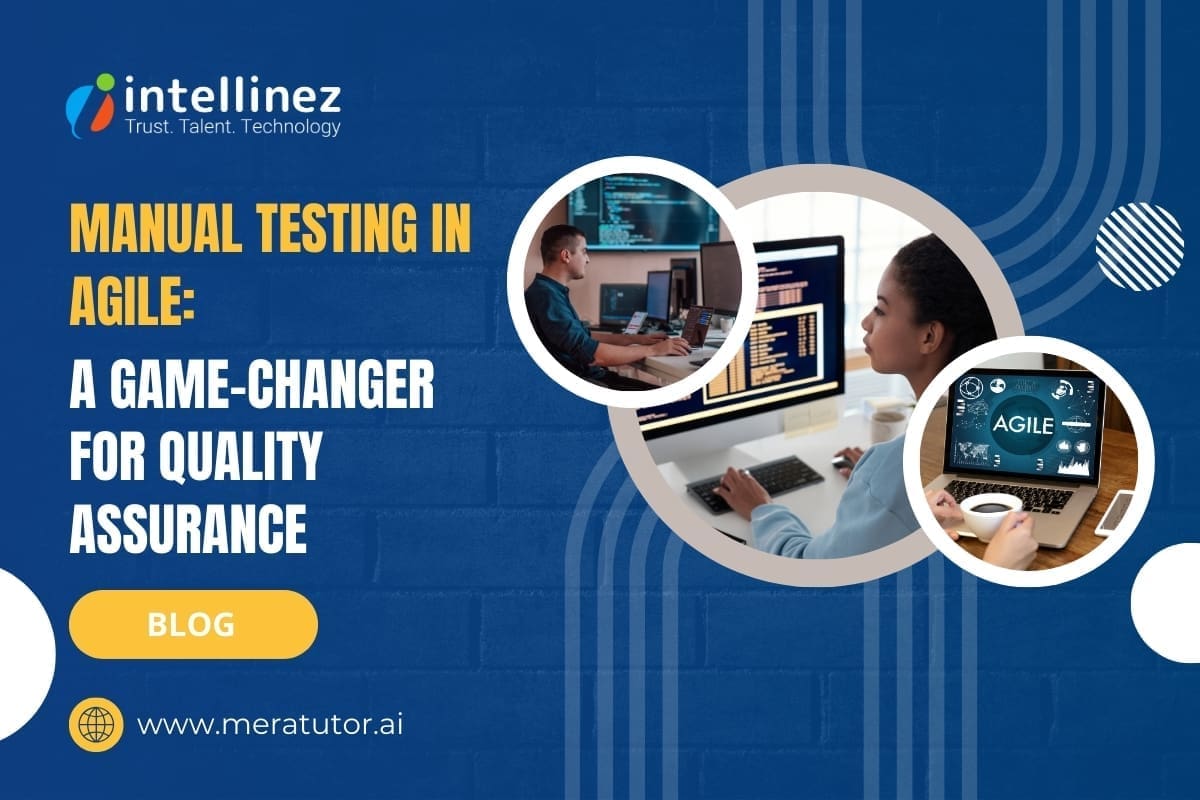




![A Comprehensive Guide to AWS SaaS Architecture [Diagram Included] 87 Aws SaaS Architecture](http://www.intellinez.com/wp-content/uploads/2024/08/Title-image.jpg)

